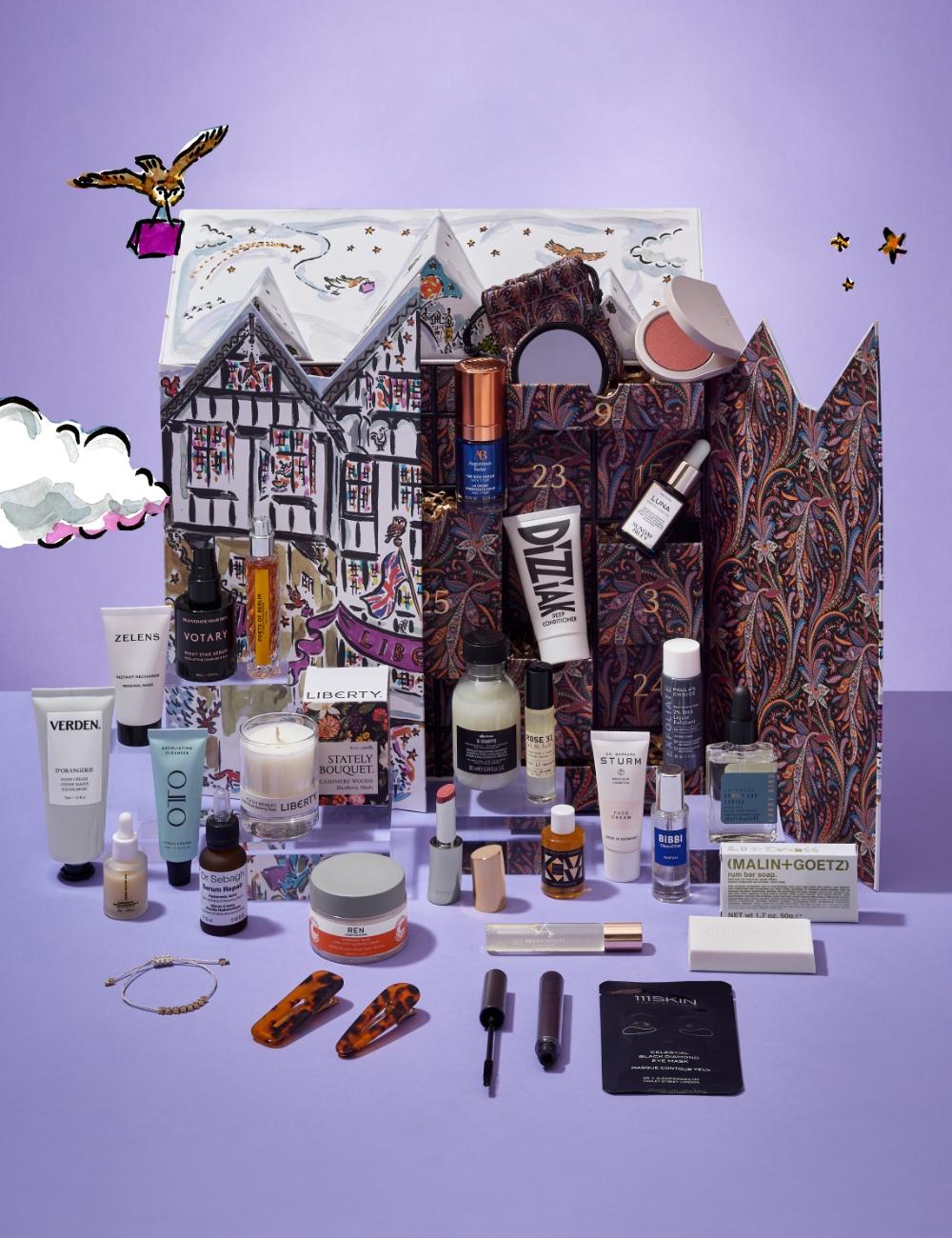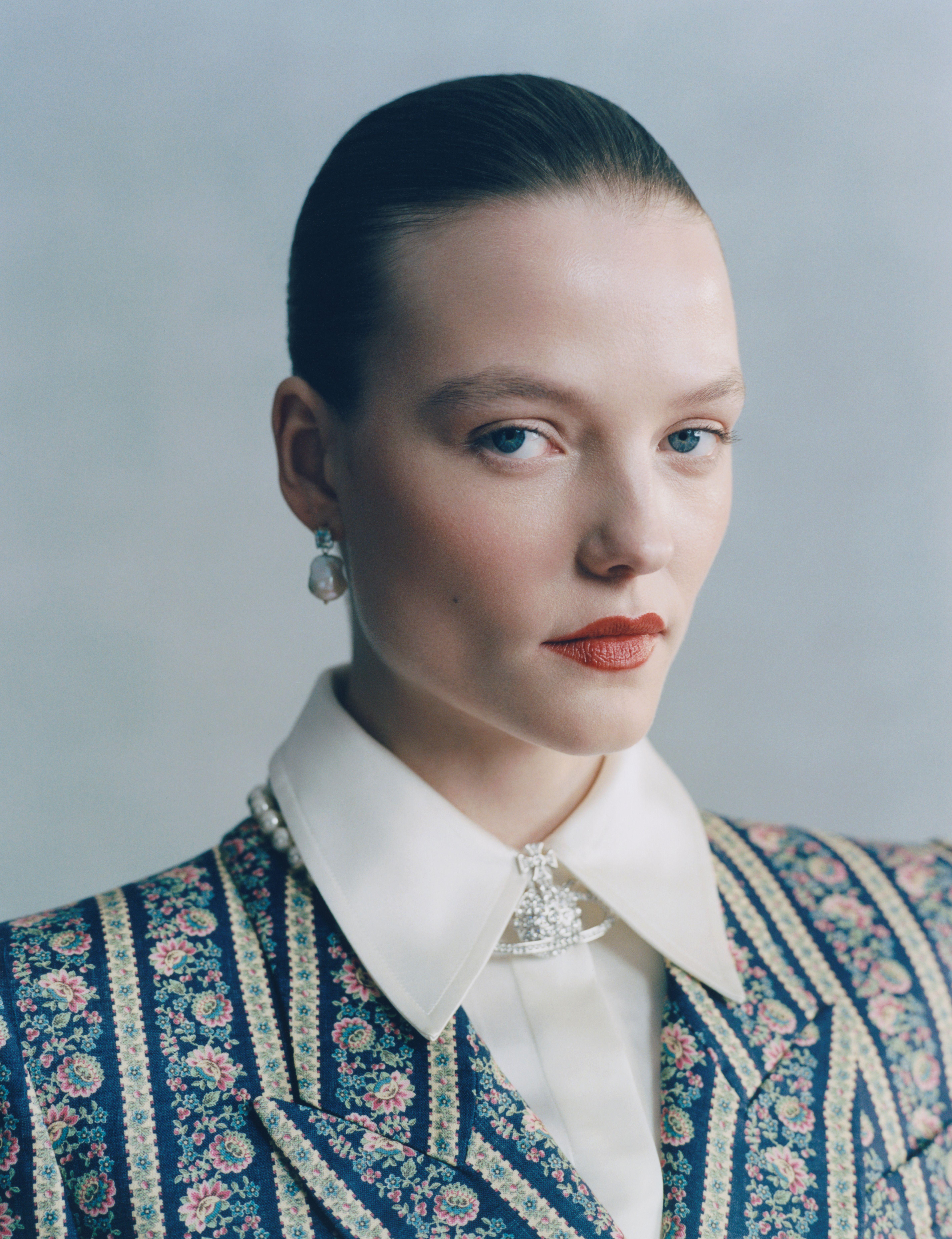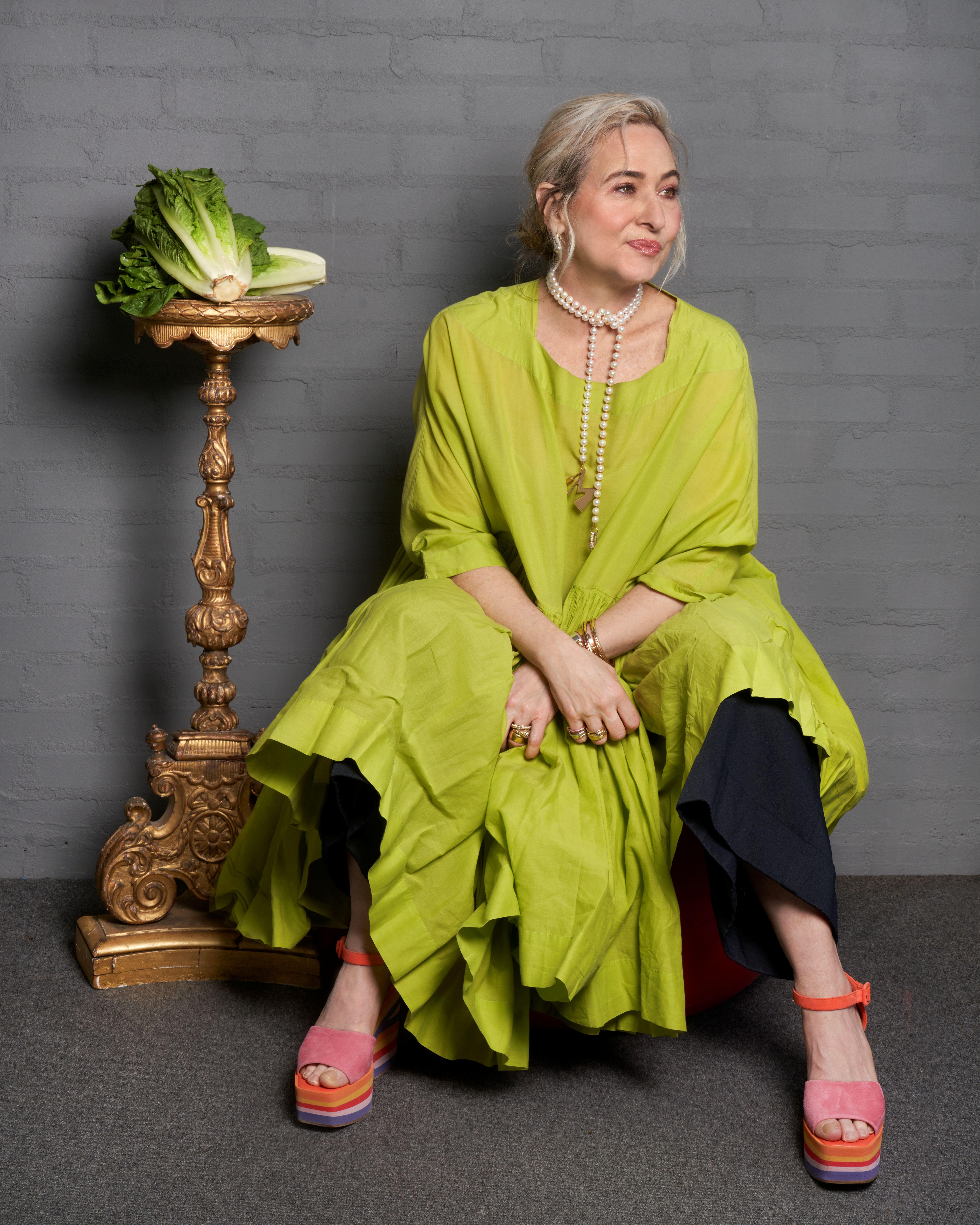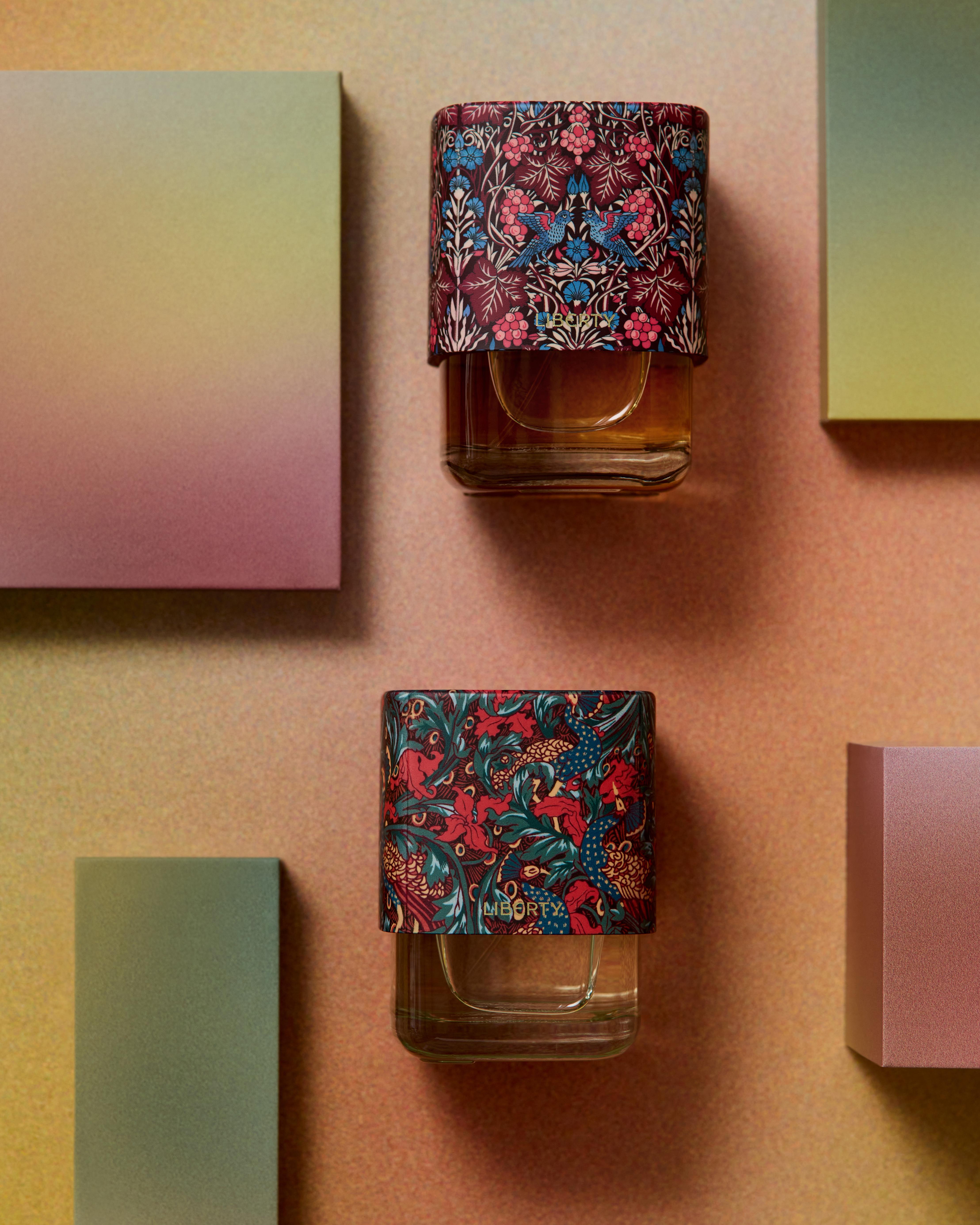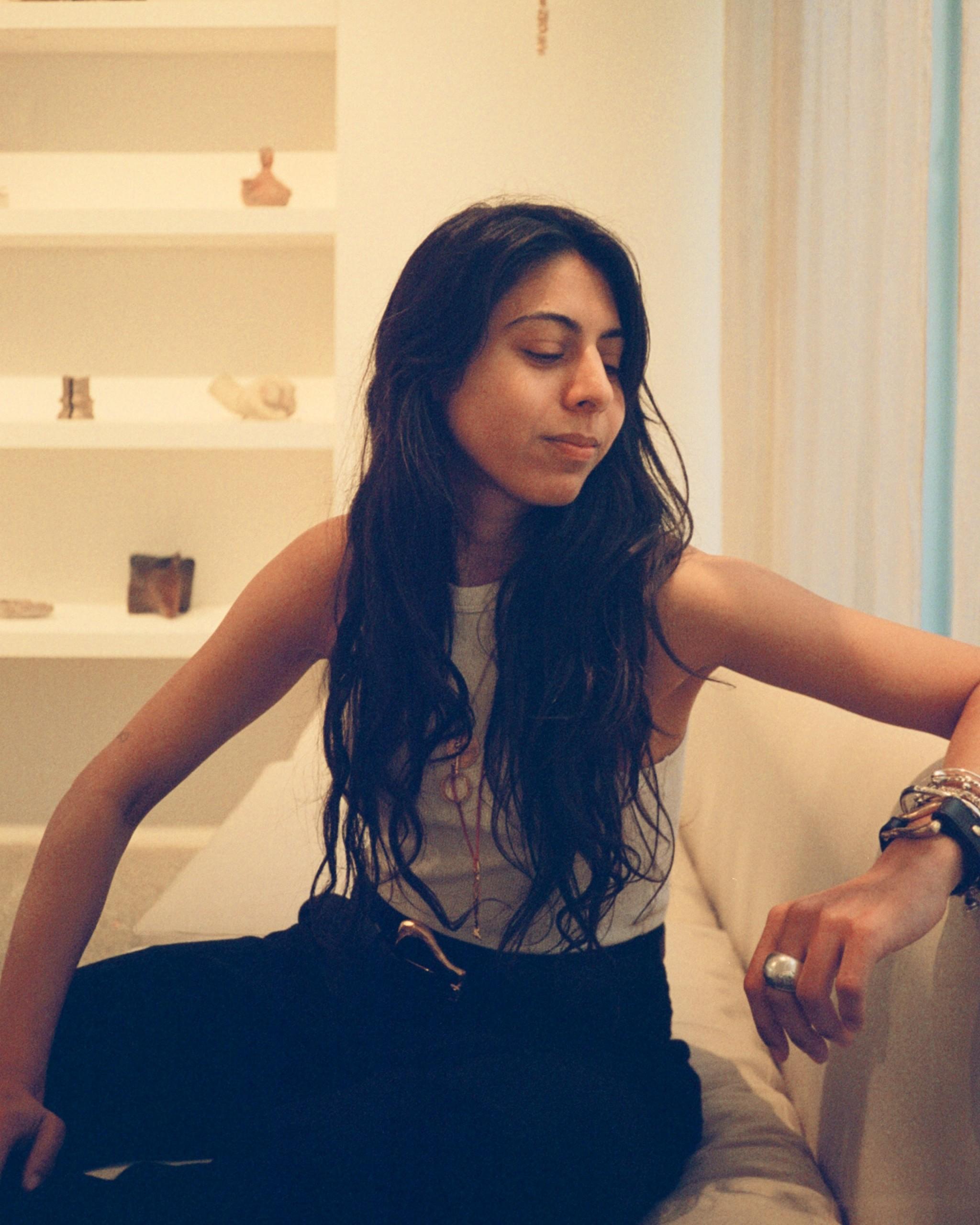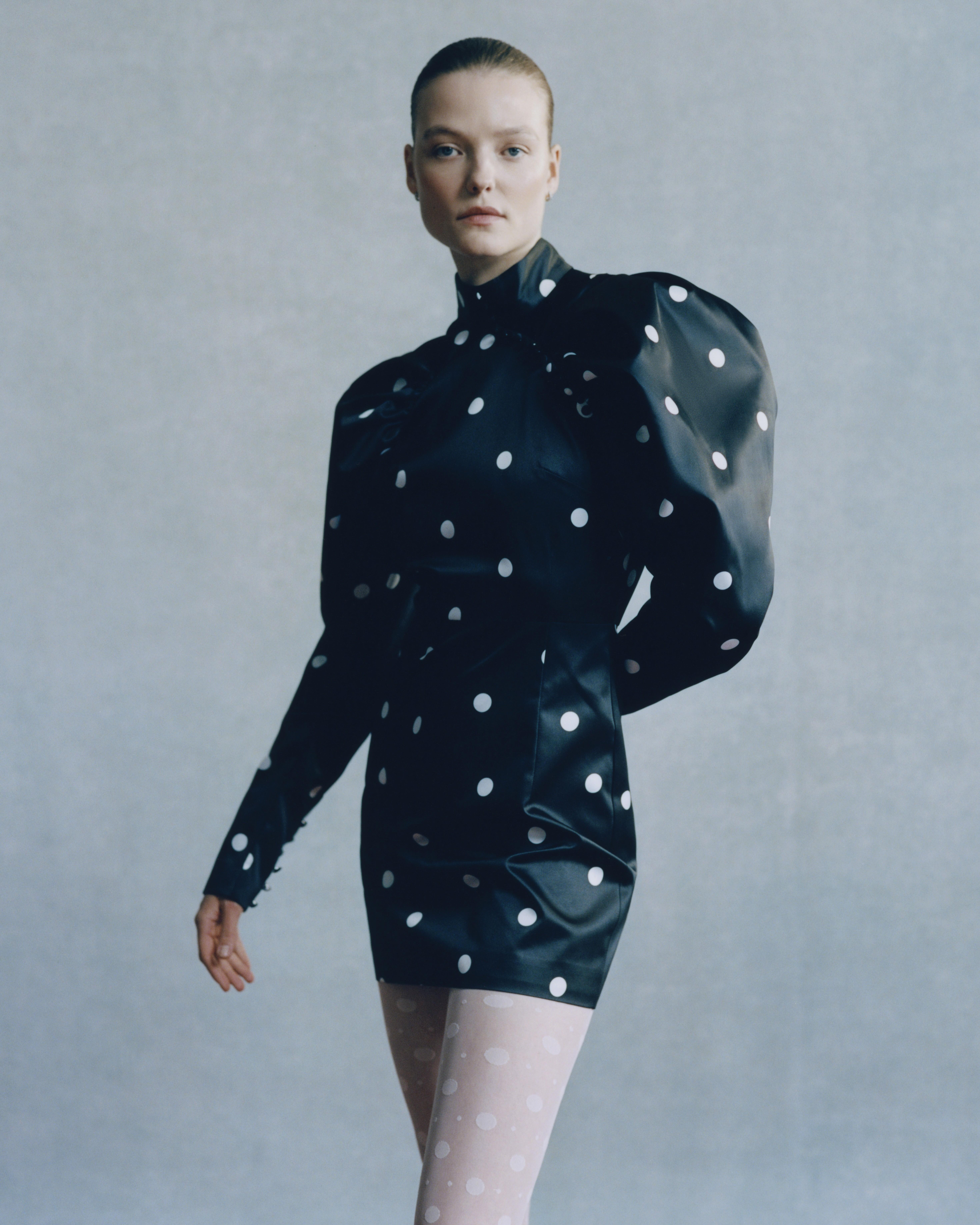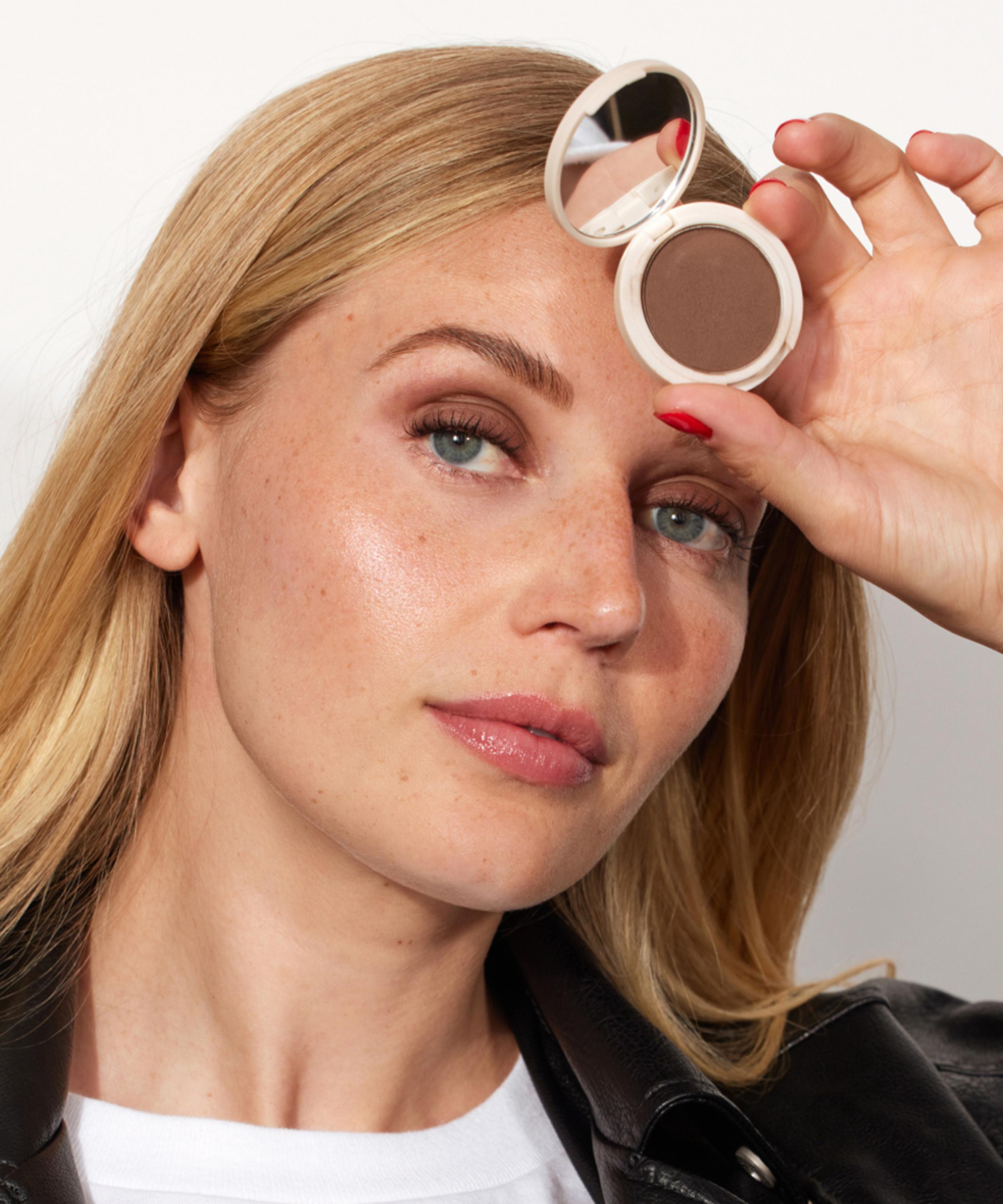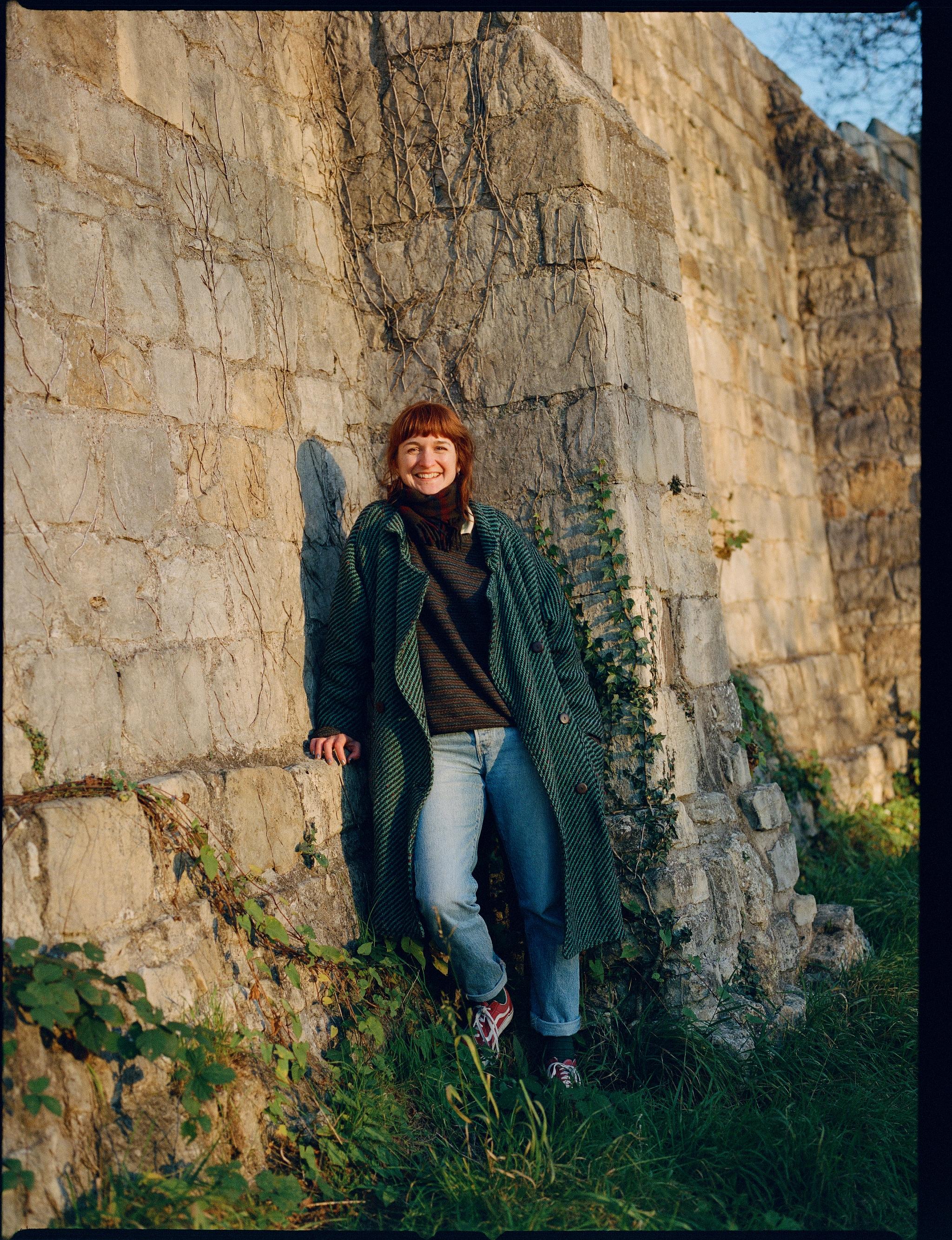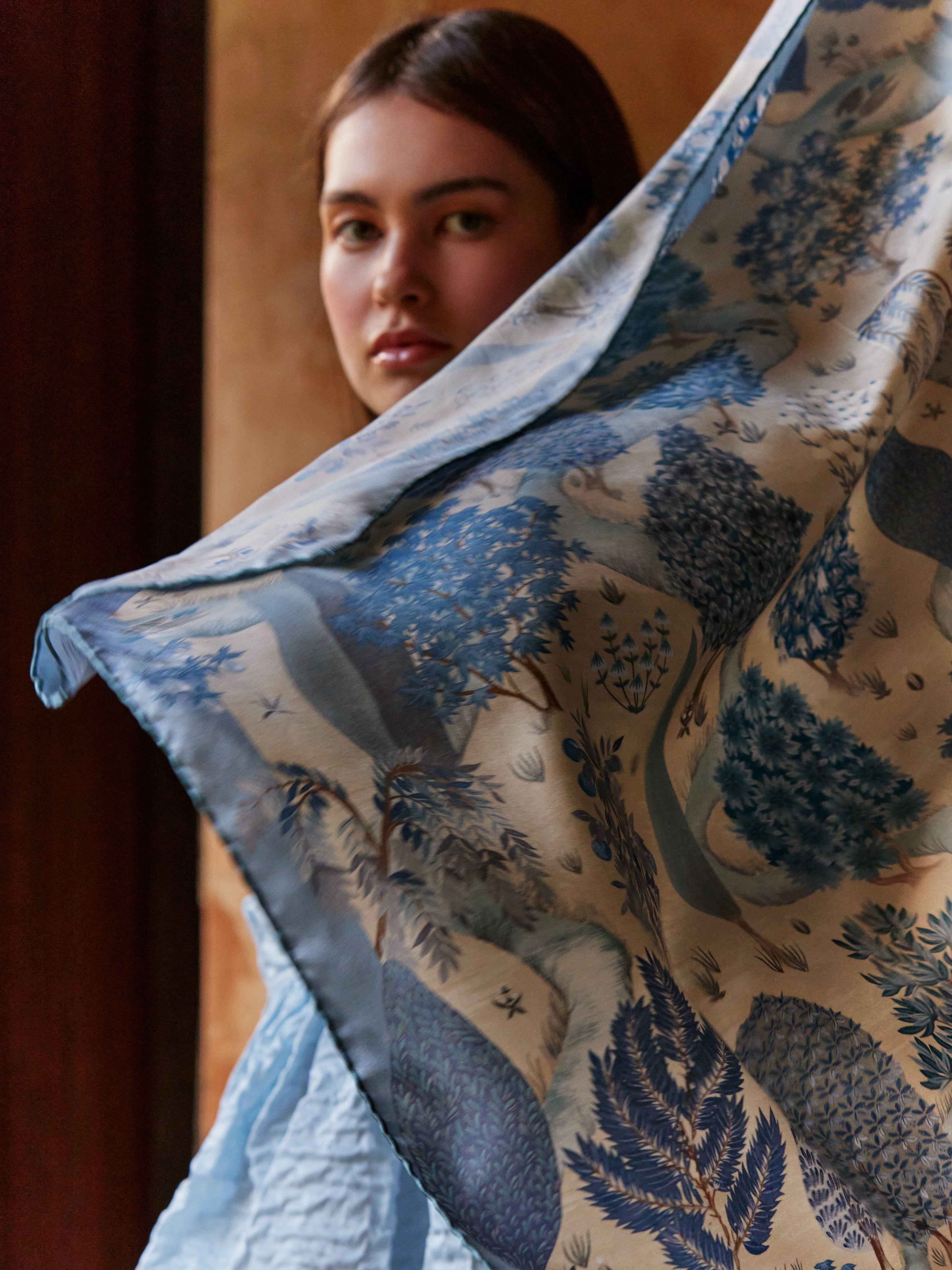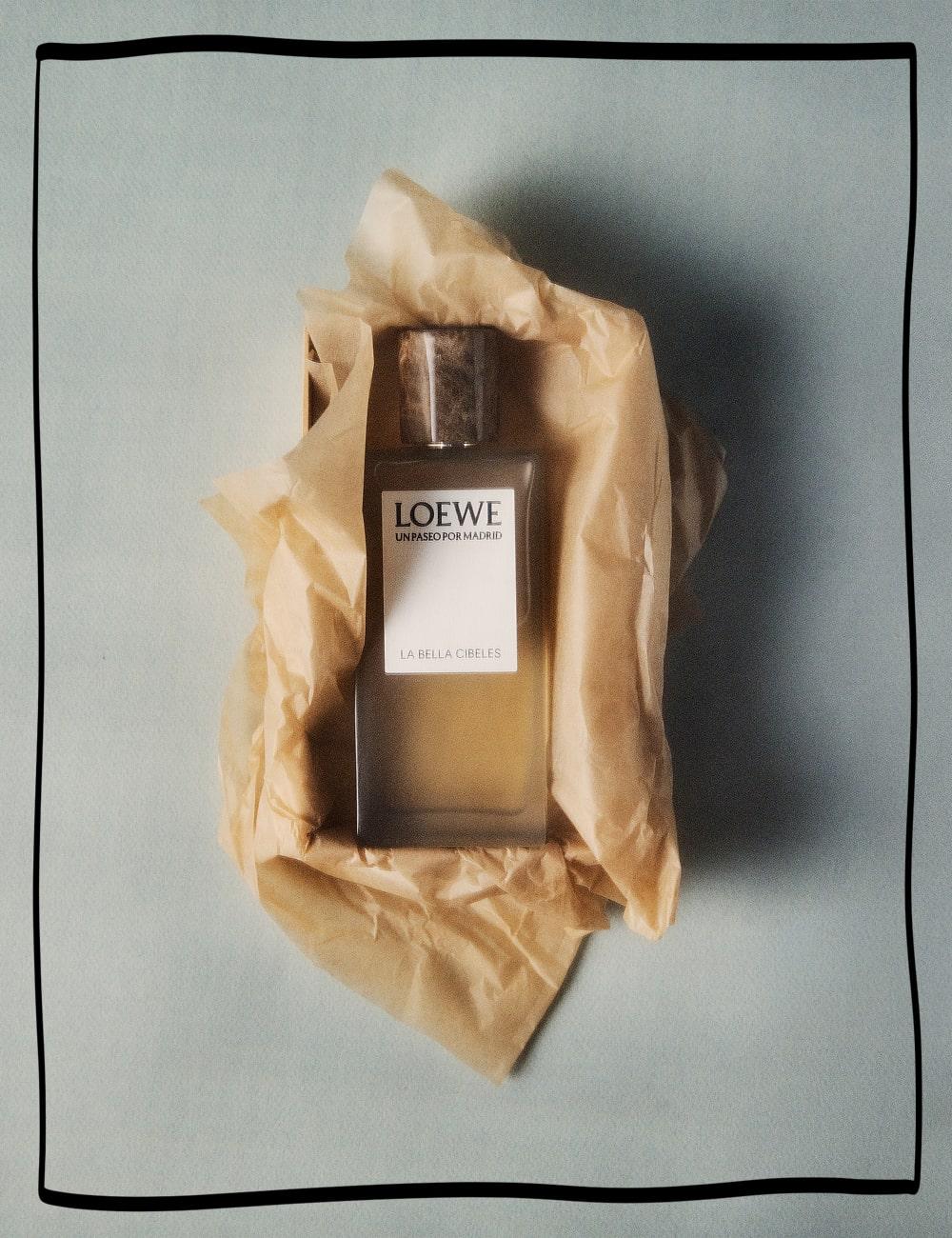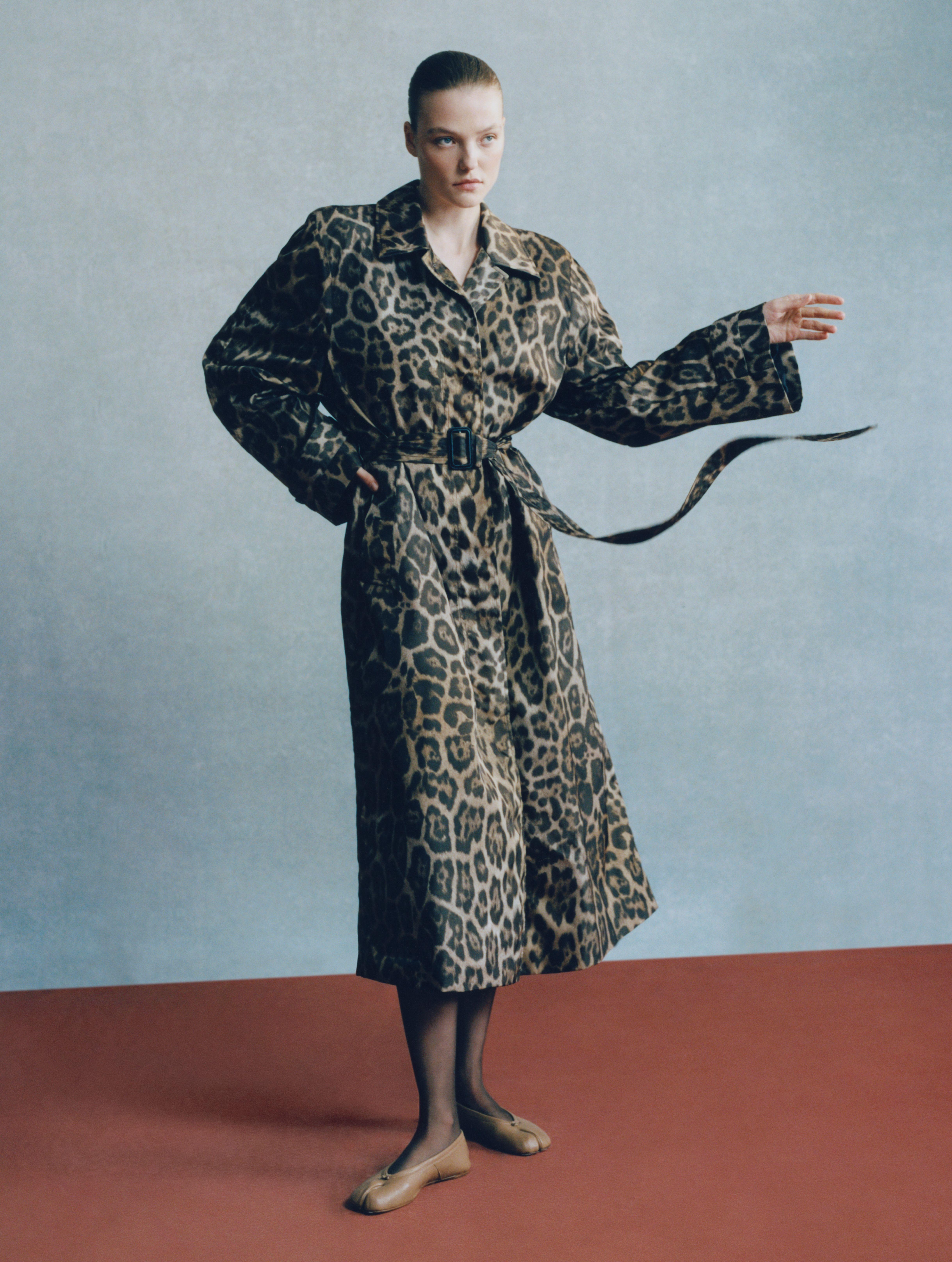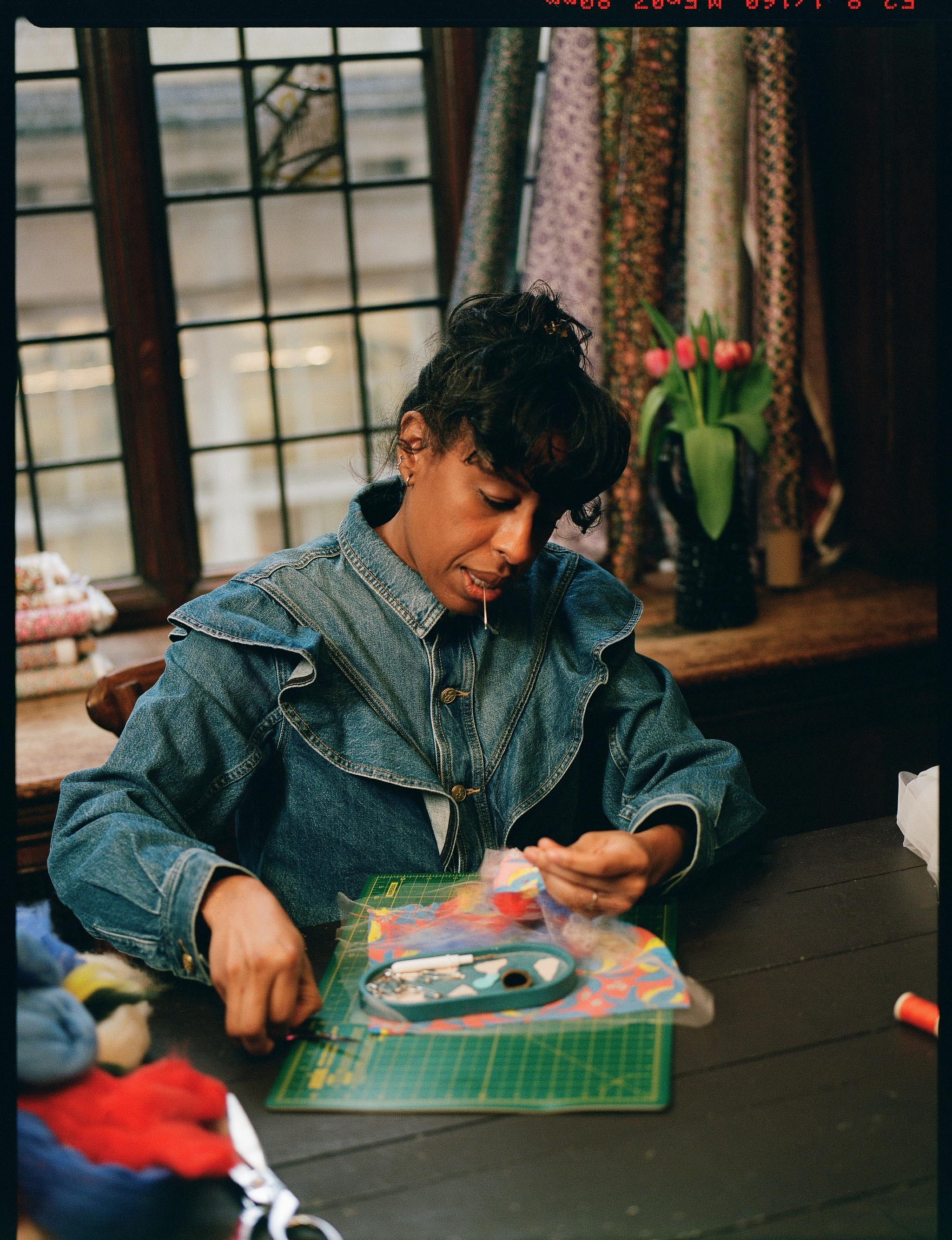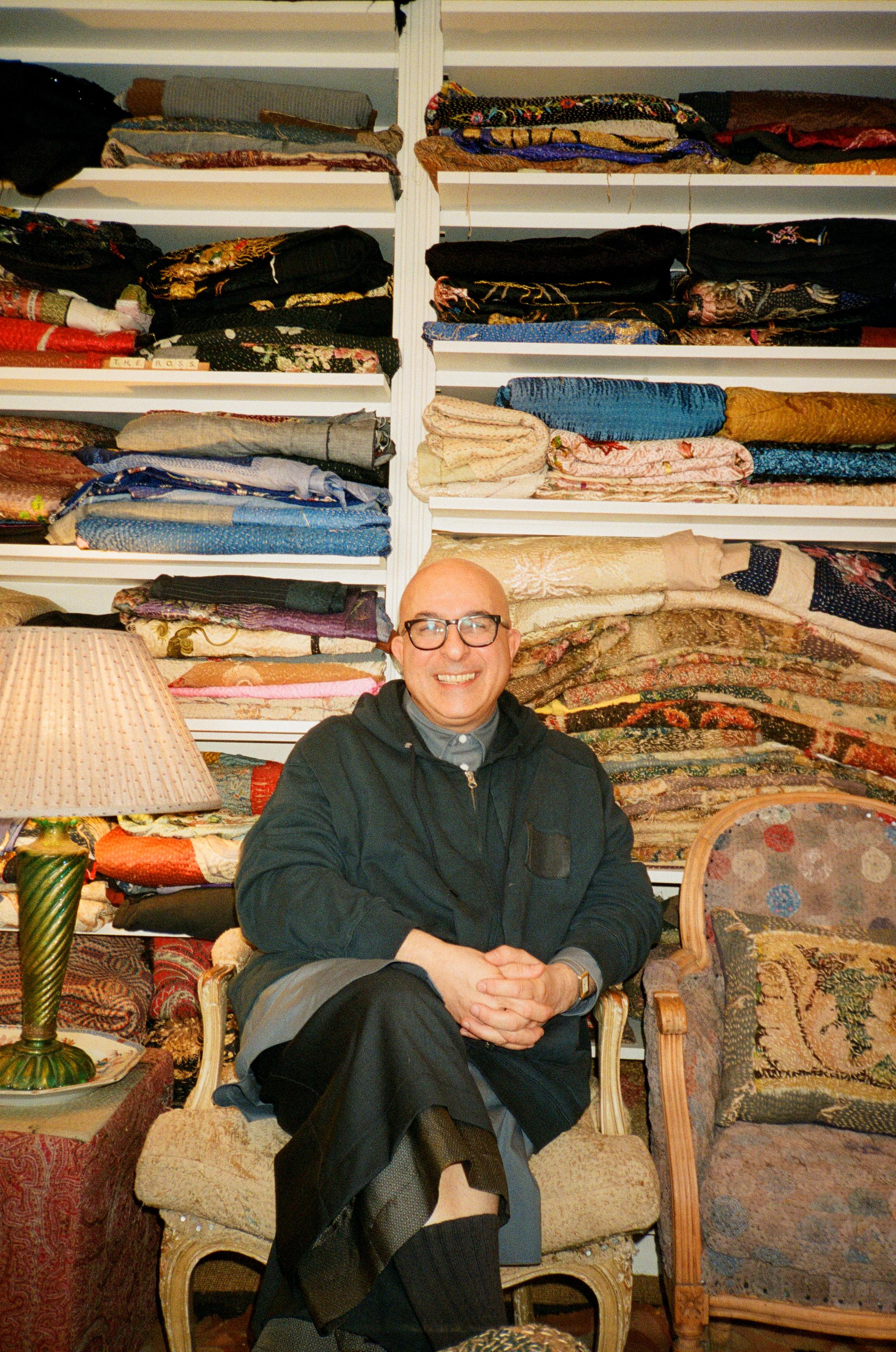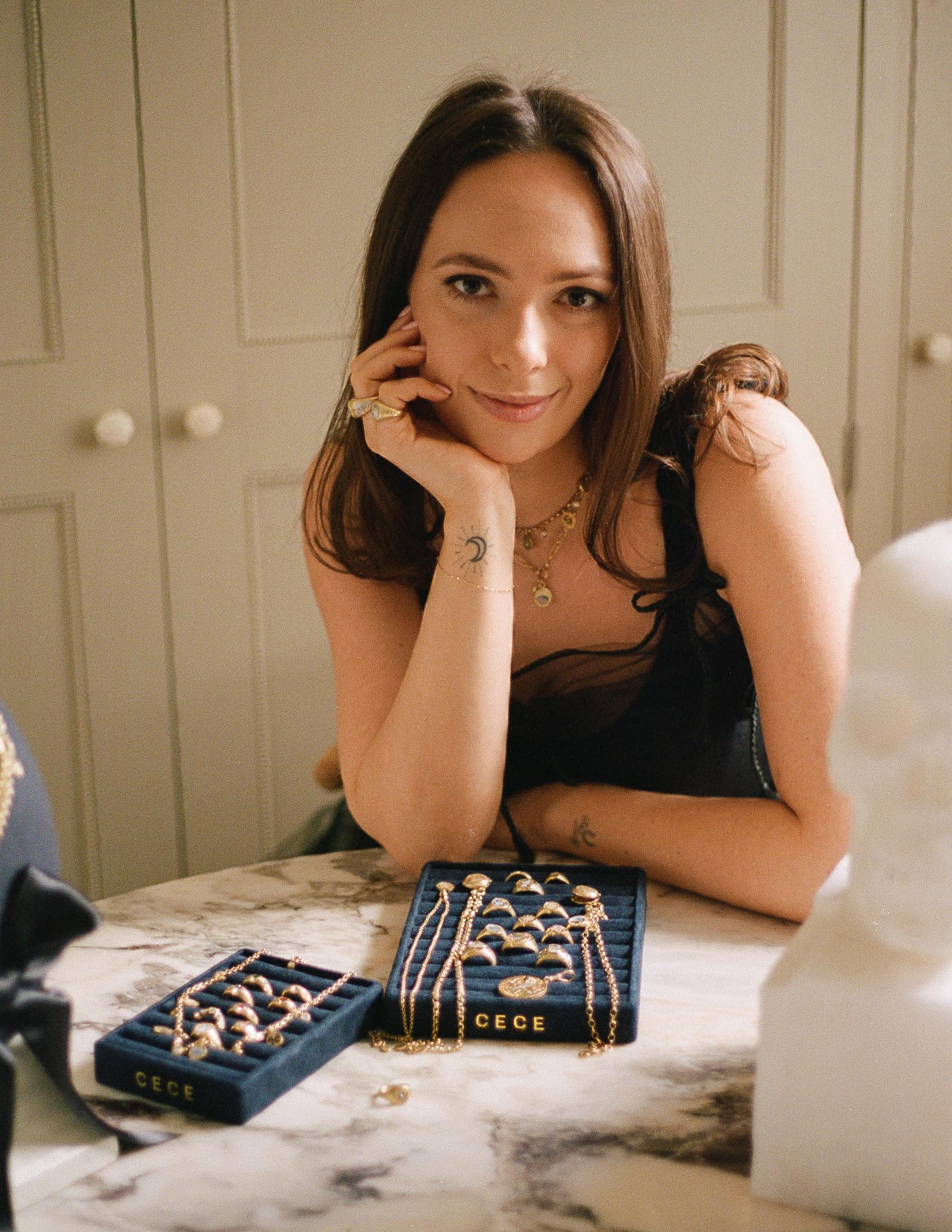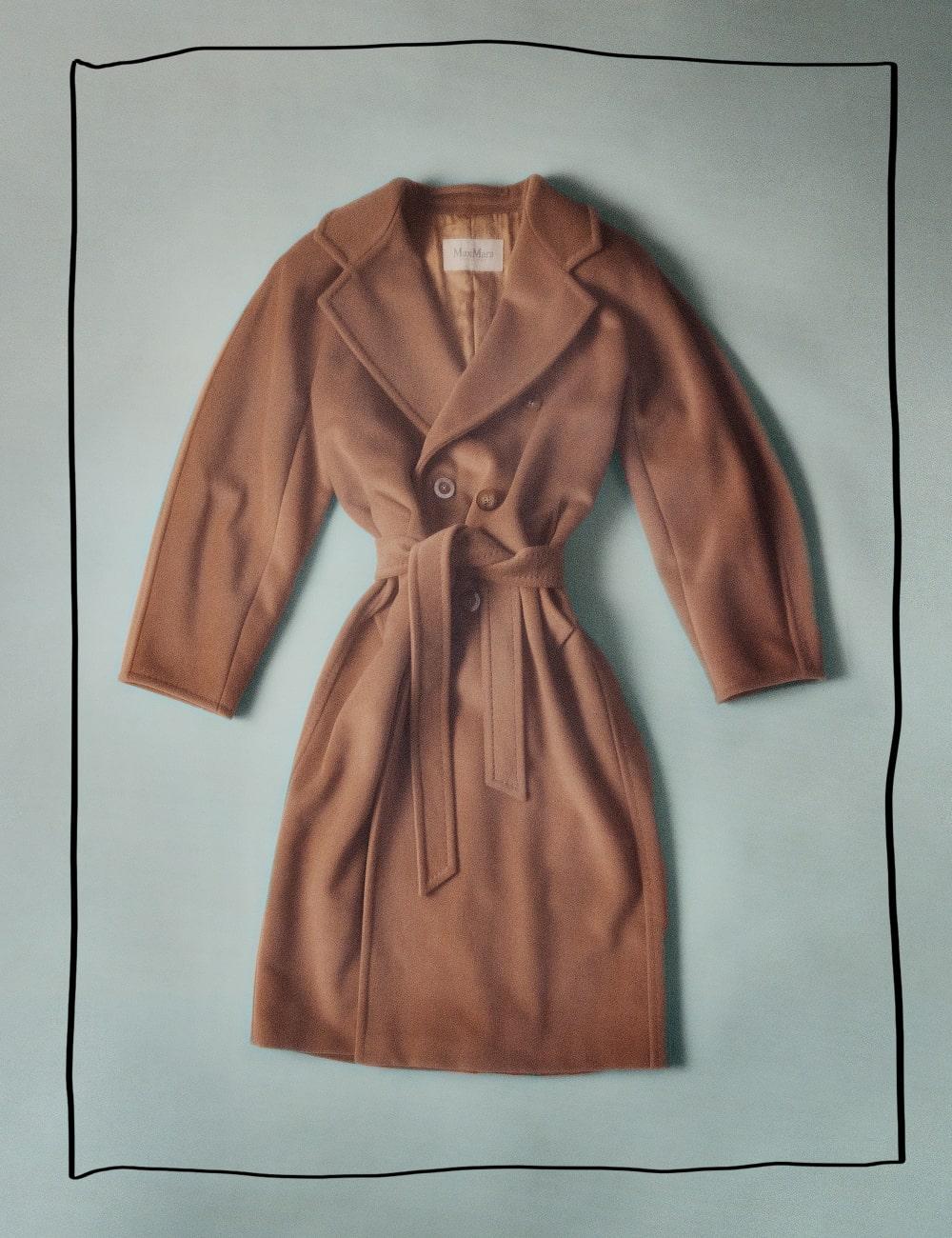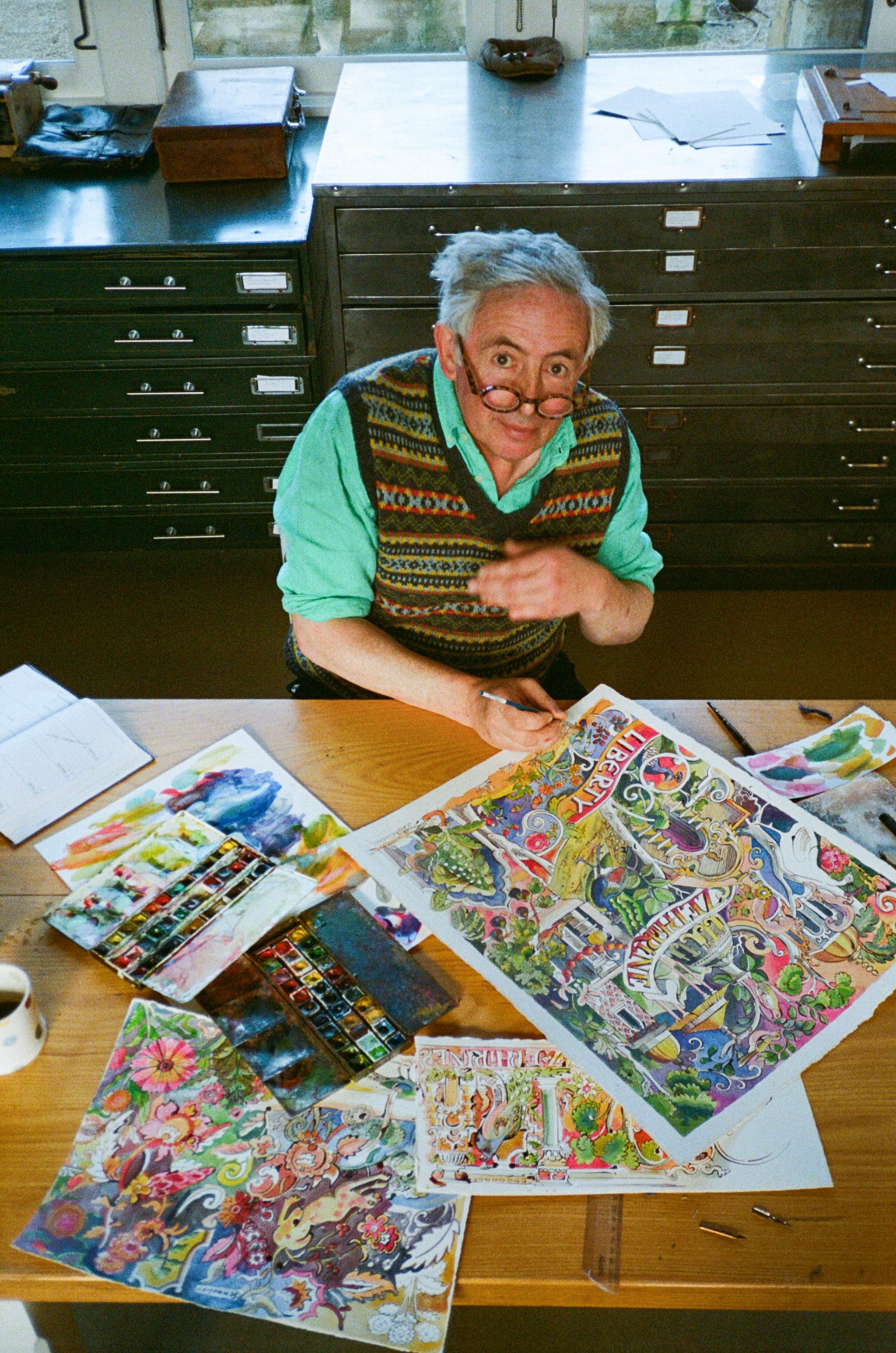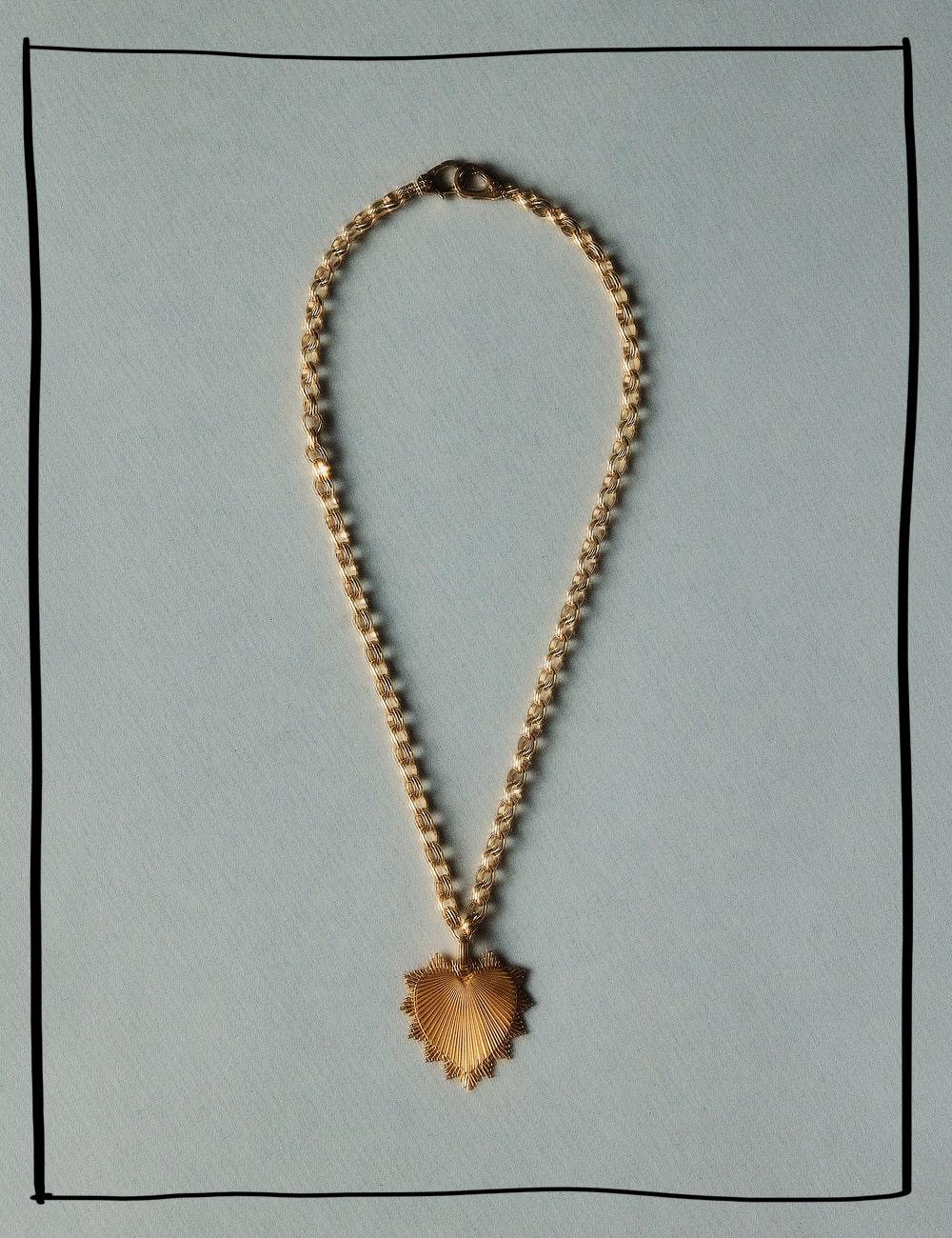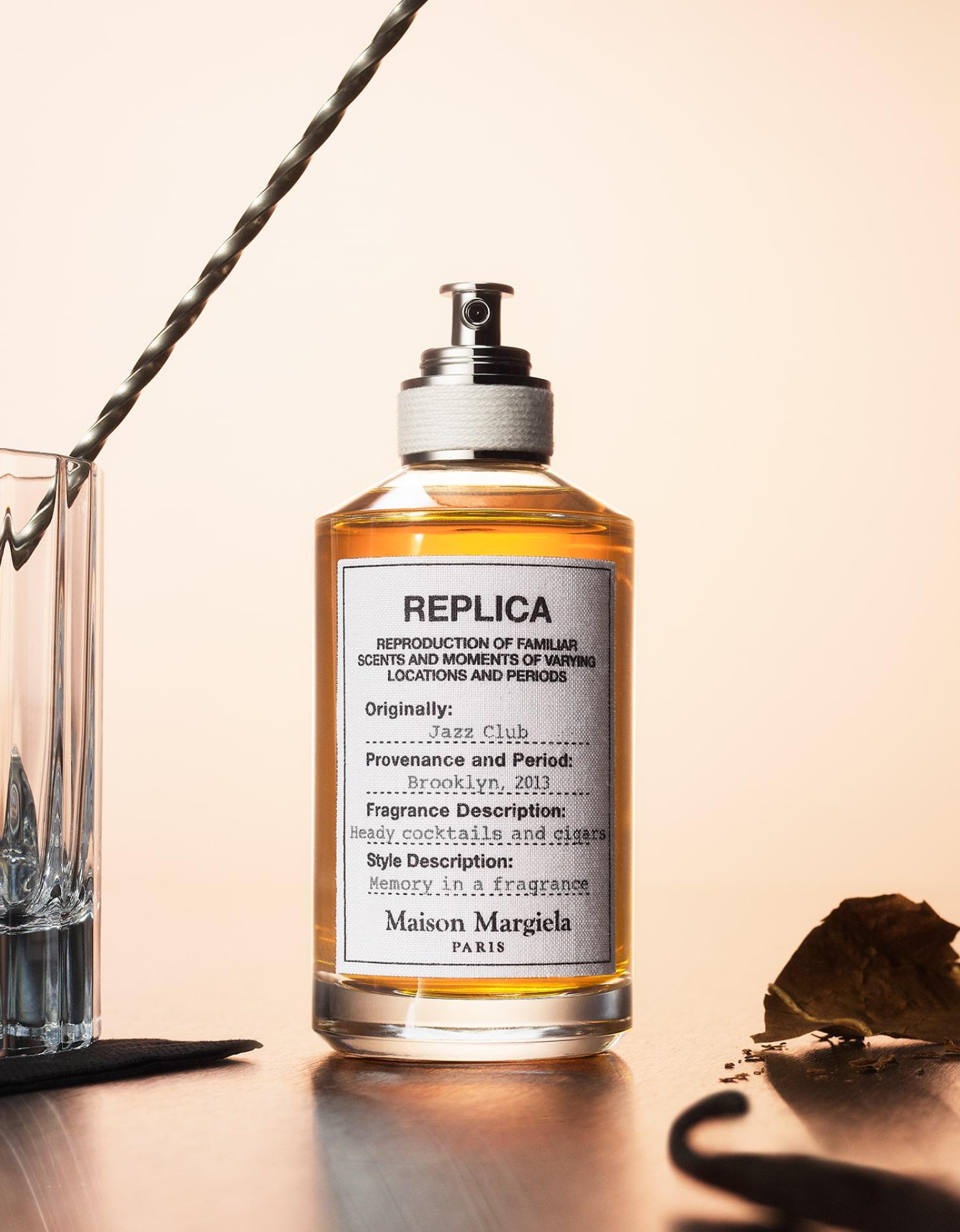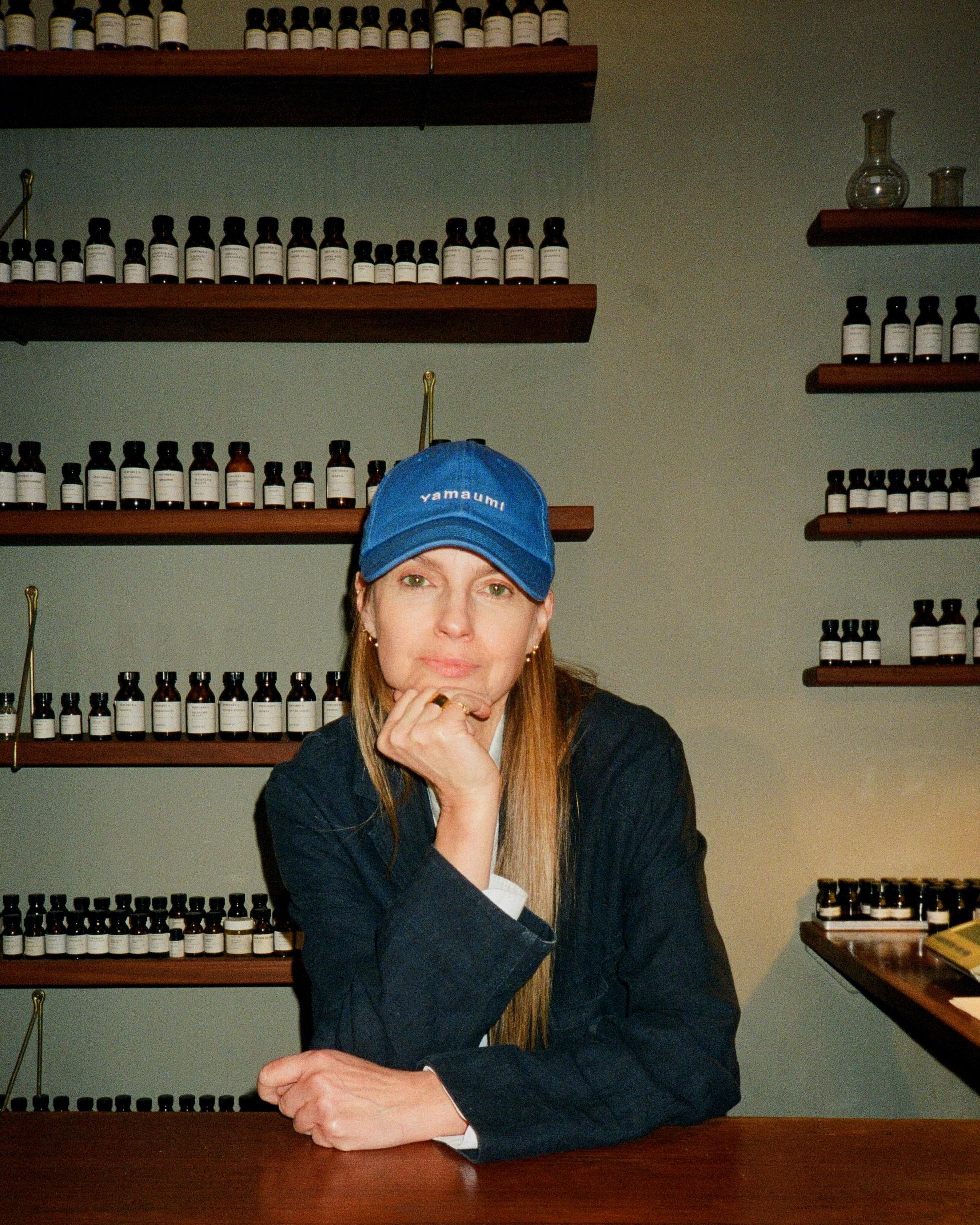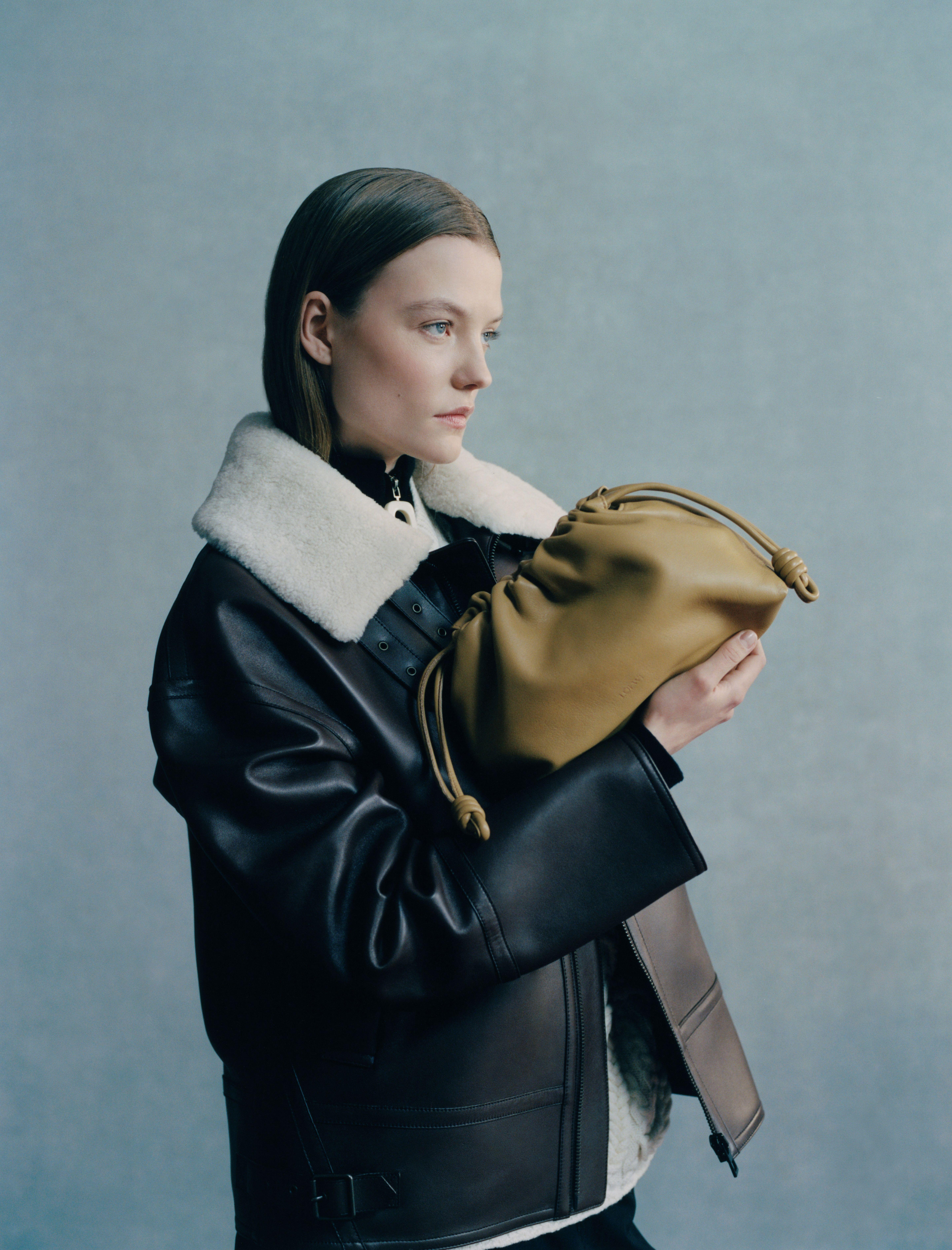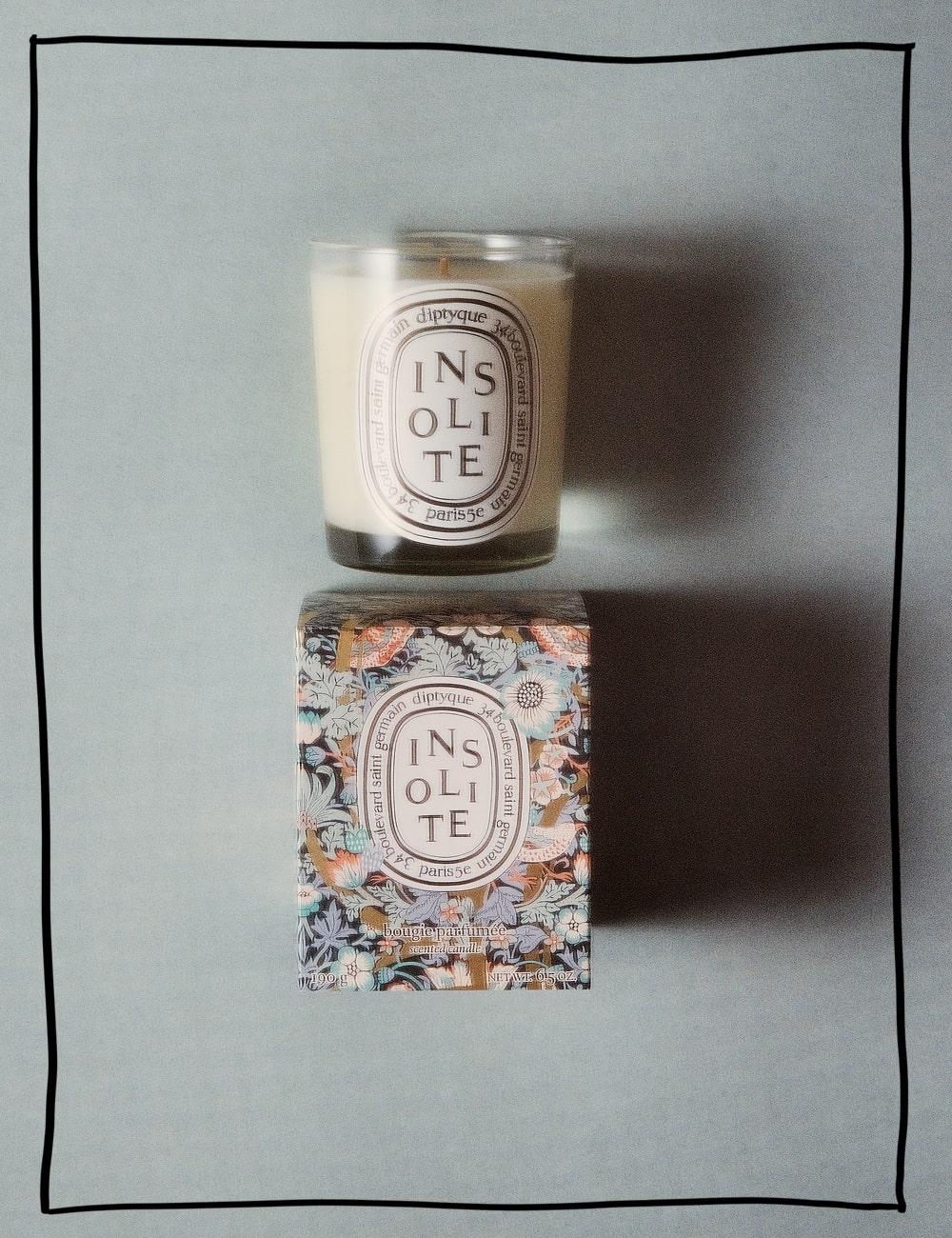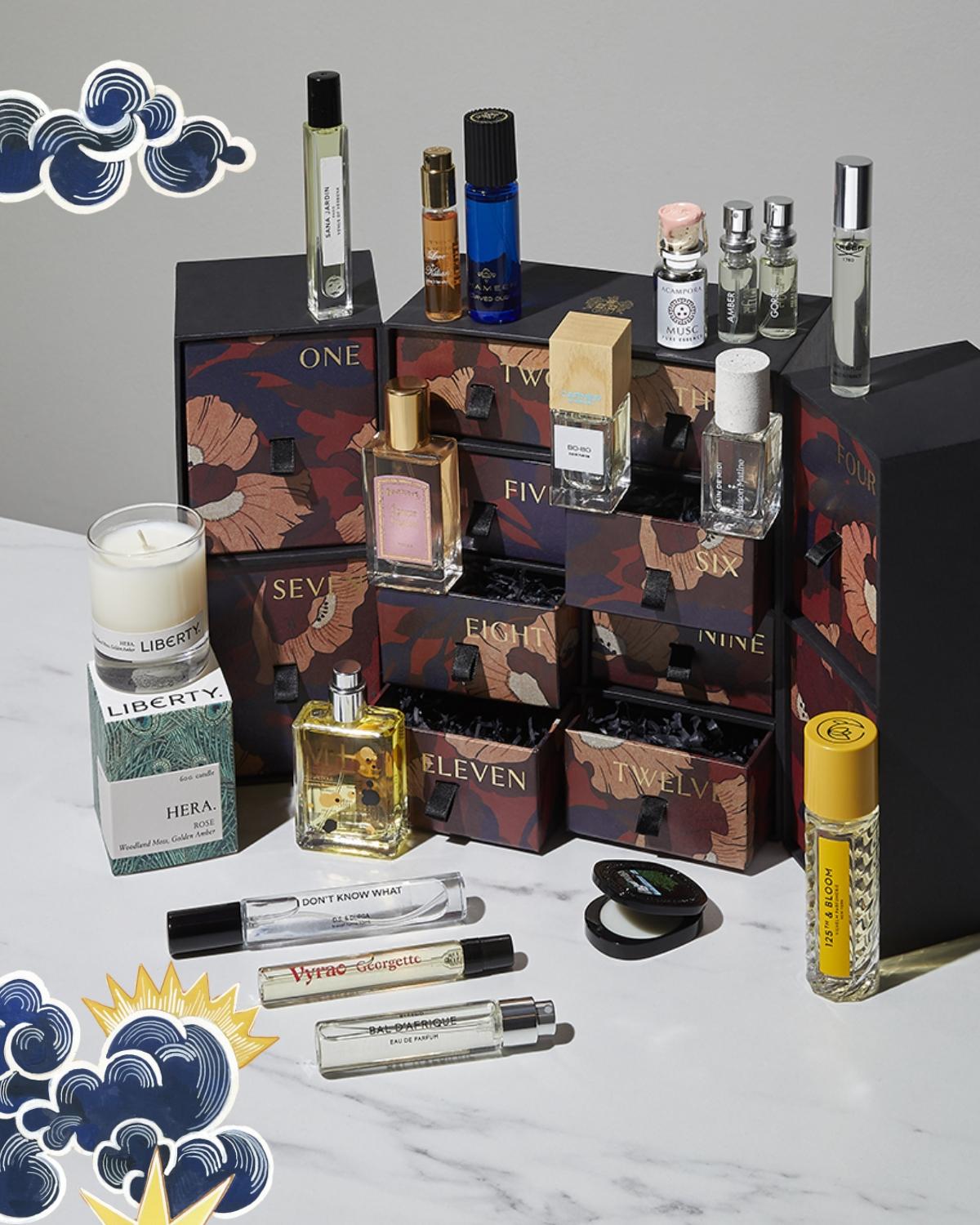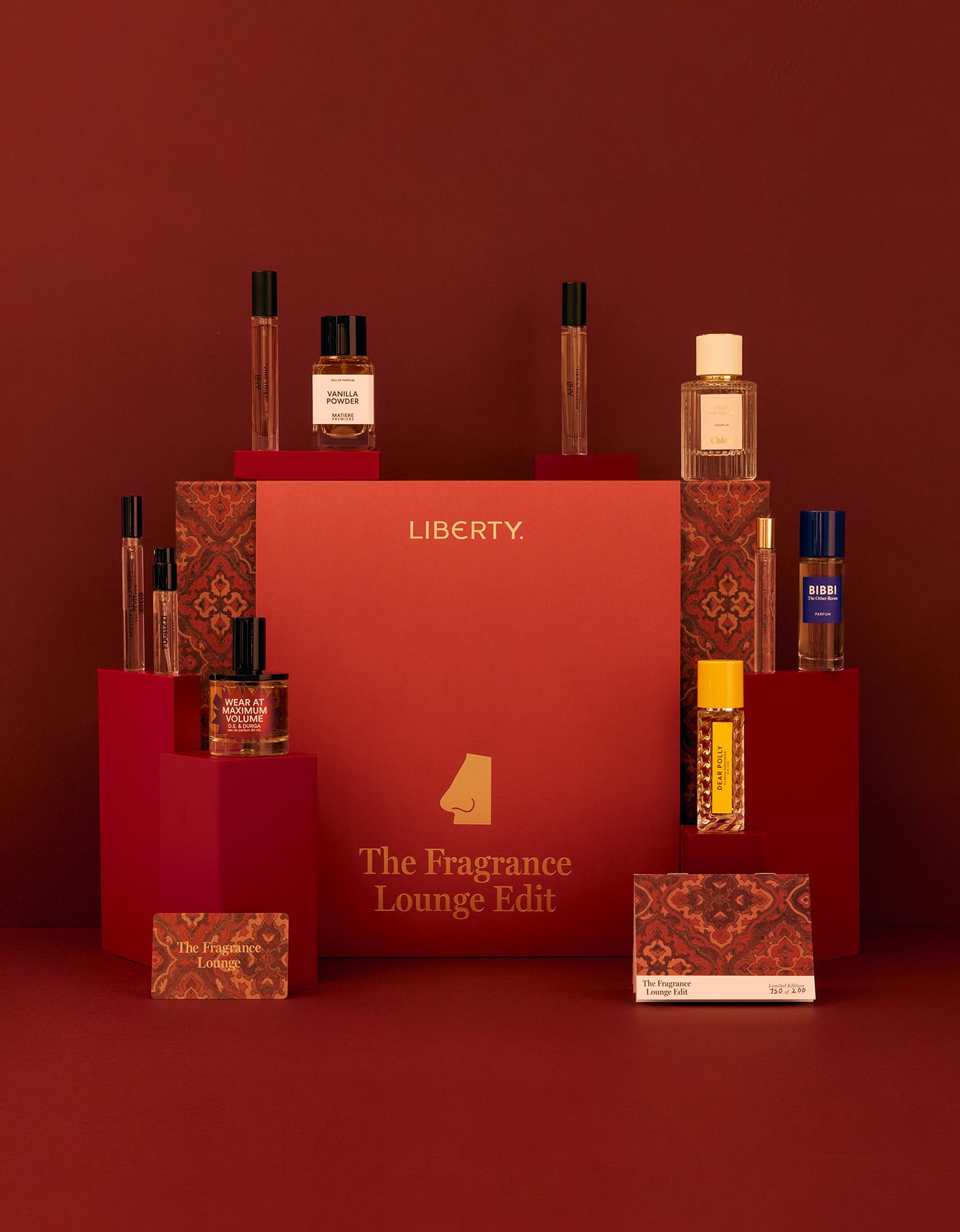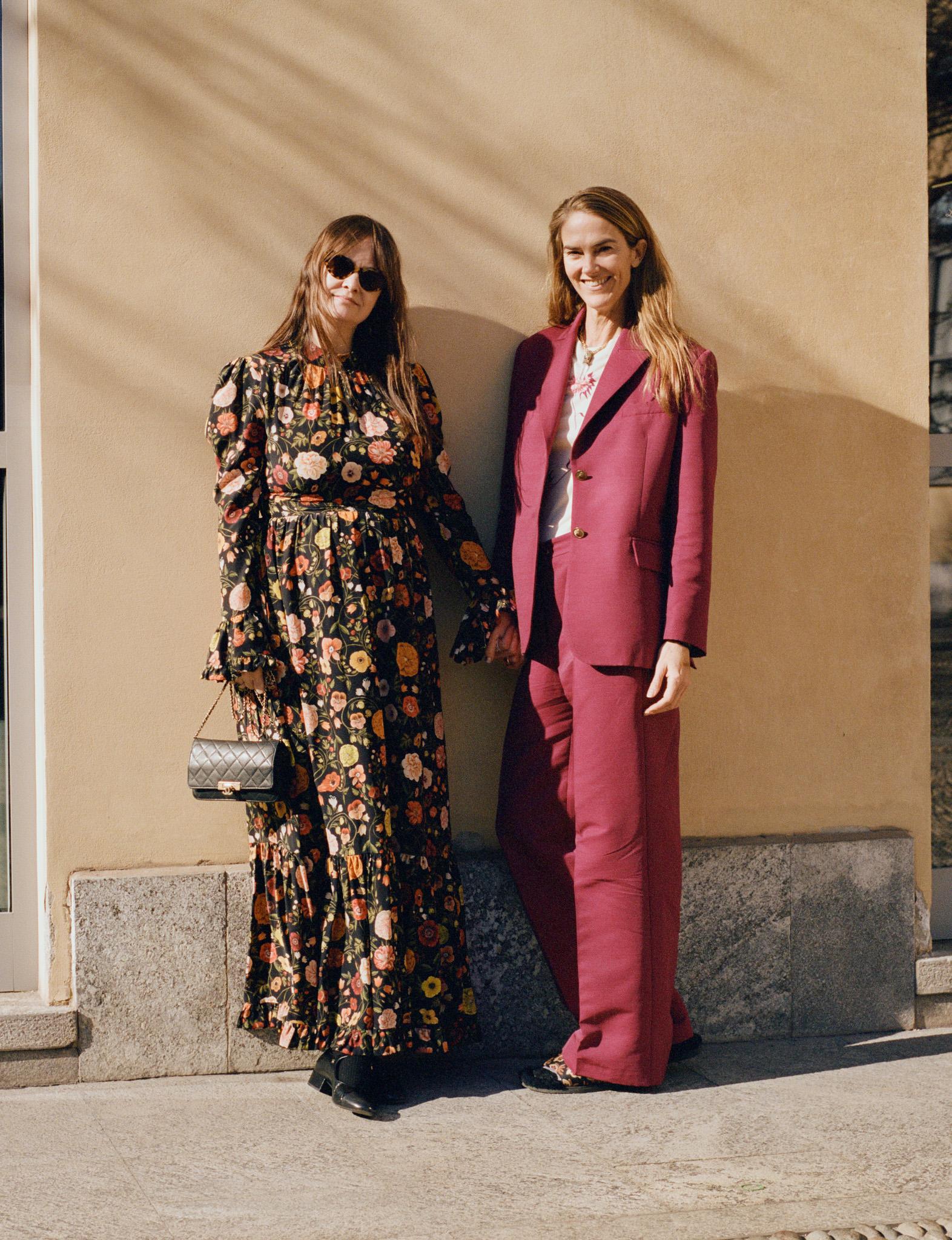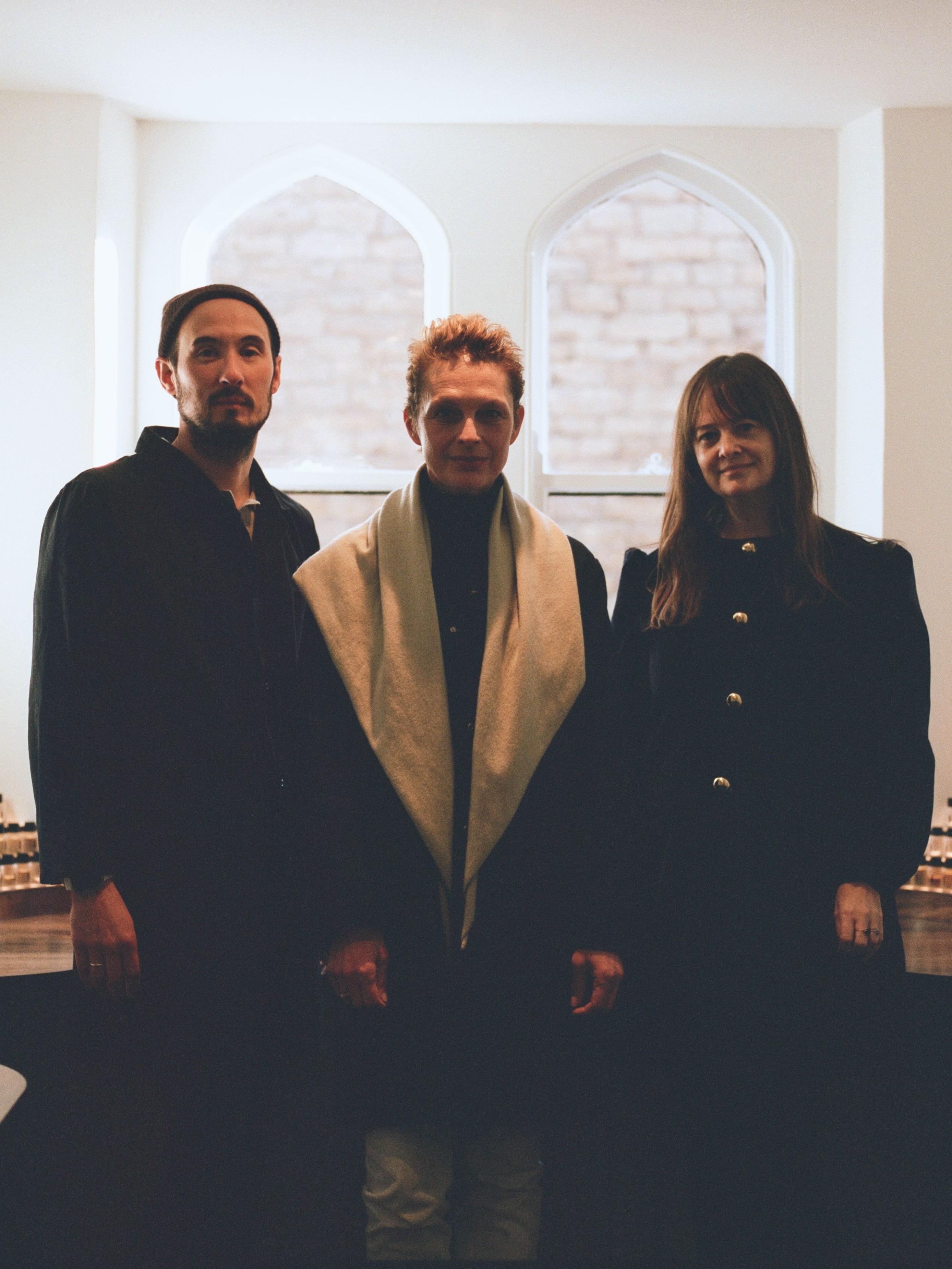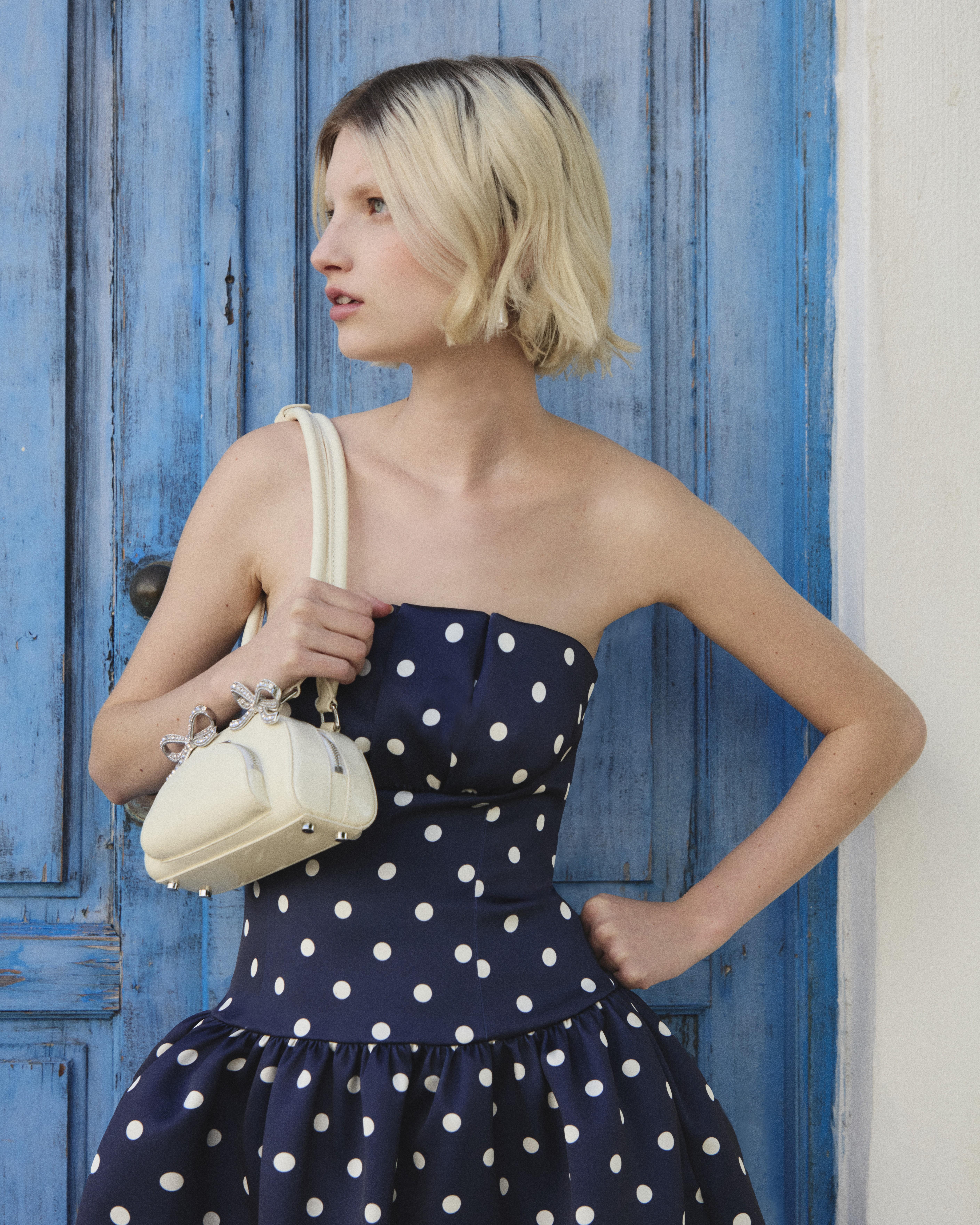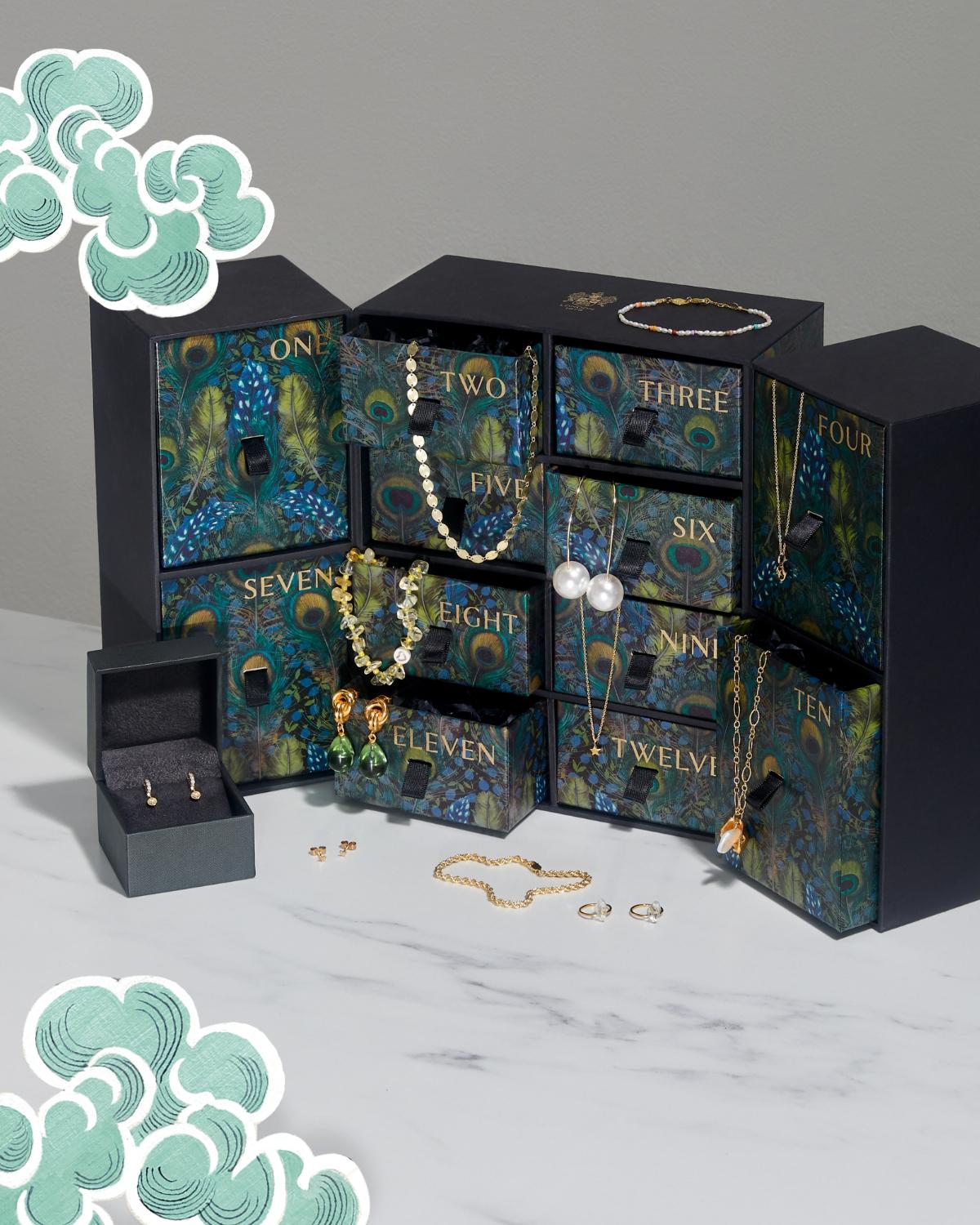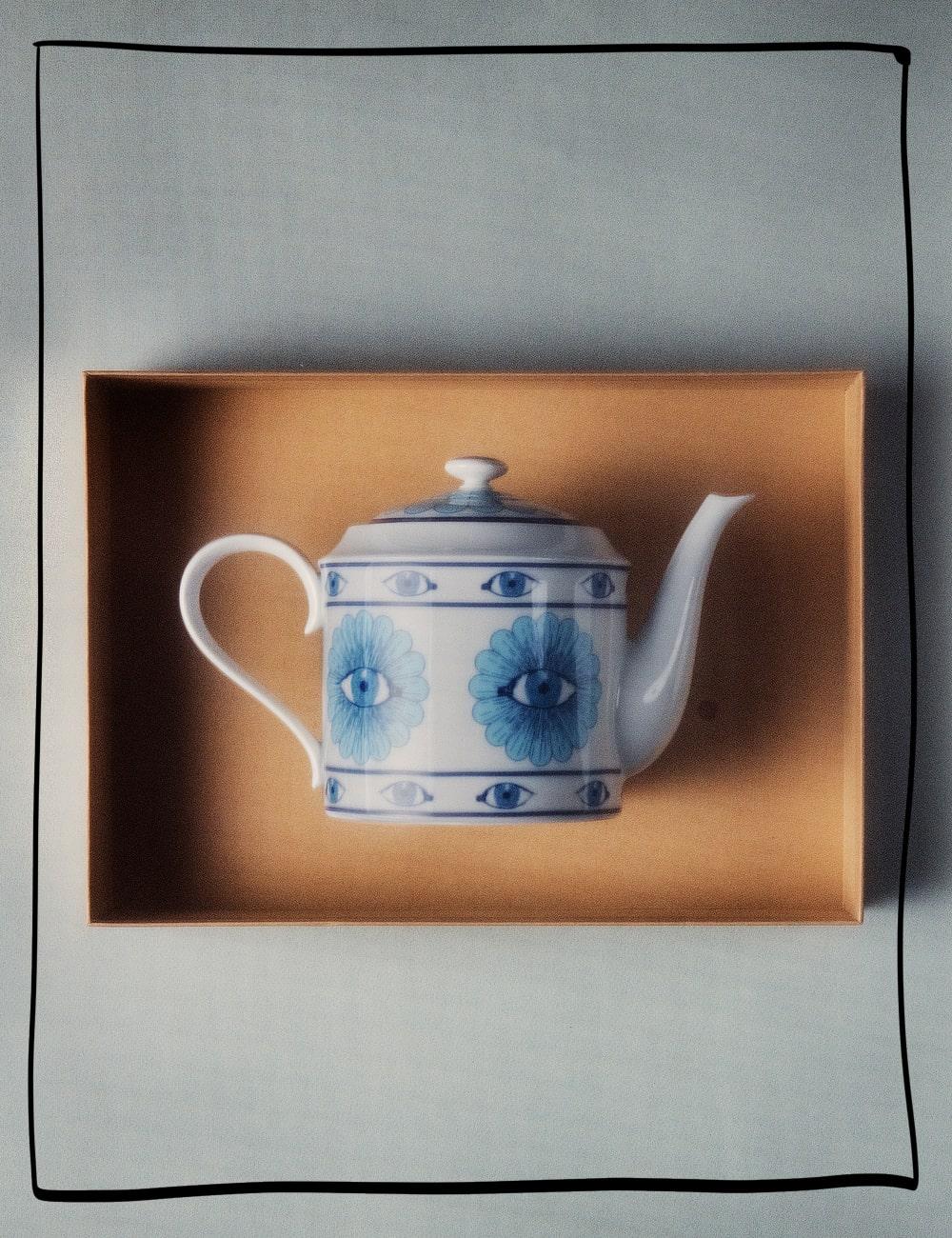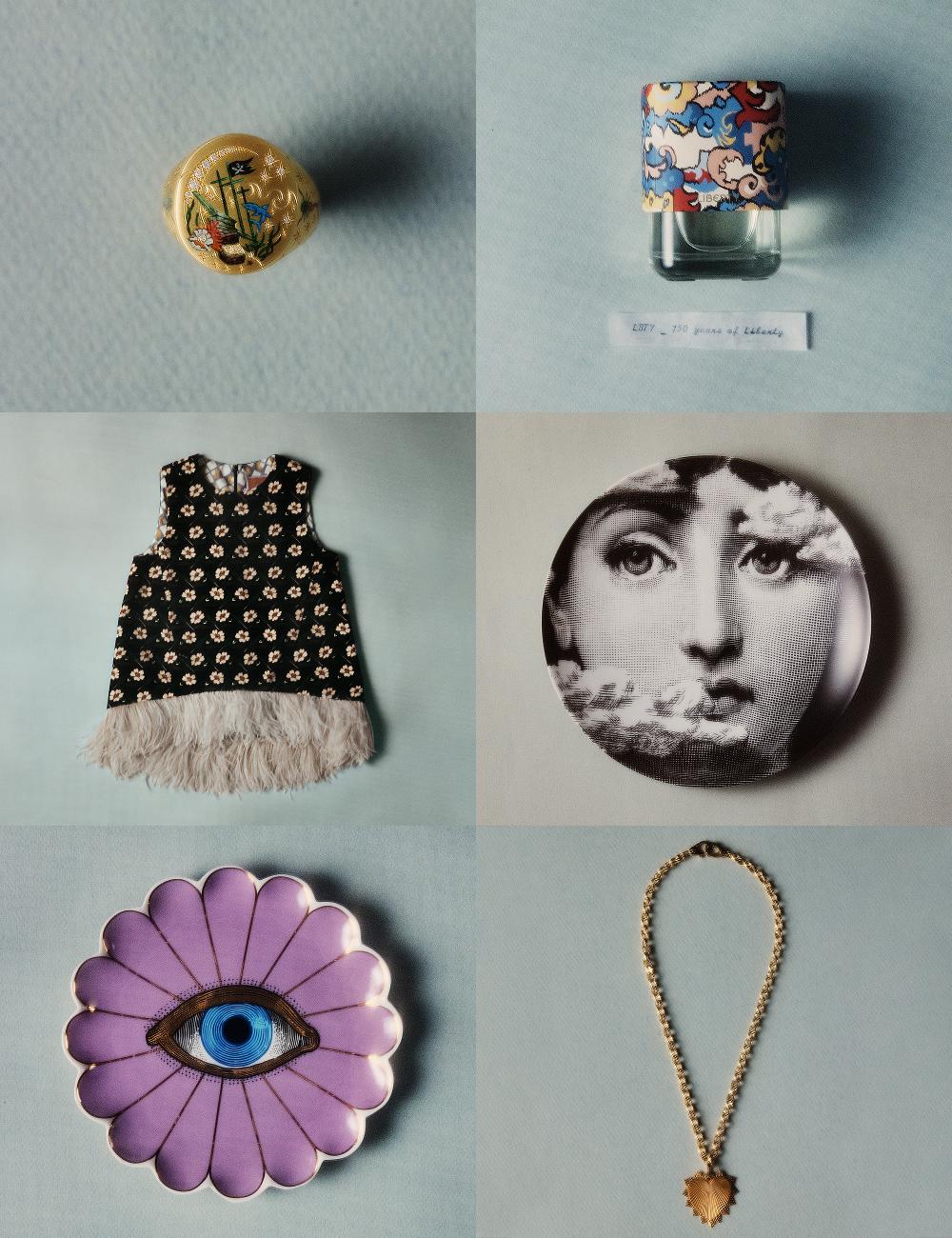The Liberty Guide to Pride
A short history of Pride at Liberty, and the LGBTQ+ pioneers who form an integral part of our history
Read more
The Liberty Guide to Pride
A short history of Pride at Liberty, and the LGBTQ+ pioneers who form an integral part of our history
By: Team Liberty
As London’s Soho is overtaken with the colour, music, extravagance and joy of the annual Pride celebrations, we’re taking a look at some of the LGBTQ+ names in Liberty’s own history.
From authors and antiques, to musicians and designers: Liberty has always been a home for those who celebrate the beauty of art and the freedom of expression.
Join us as we step back in time, and explore a handful of the names integral to the history of Pride at Liberty.
1889: Oscar Wilde
A famous fan of Liberty, the Irish poet and playwright once penned an article for The Woman’s World magazine describing Liberty as “the chosen resort for the artistic shopper”.
Enraptured by the store’s diverse heritage and bohemian elegance, alongside his literary work, Wilde was a pioneer of the Aesthetic Movement. Based on a philosophy of “art for art’s sake” the movement emphasising the pleasure to be found in beautiful things through their visual and sensual qualities, in a rejection of Victorian establishment morality.
These values translated equally into Wilde’s personal life, and Wilde frequently alluded to “the love that dare not speak its name” in his work and personal life. Such was the interest in his trial and imprisonment for homosexuality, they are considered the first celebrity trial.
Today, Wilde is celebrated as an iconic figure in LGBTQ+ history and was among 50,000 men posthumously pardoned in the “Alan Turing Law” of 2017. Here at Liberty, we’re proud to consider Wilde a key influence in Liberty’s story, and to uphold his passion for “art for art’s sake”.
1926: Angus McBean
Renowned photographer Angus McBean began his career at Liberty. In 1925, he joined Liberty’s antiques department, learning restoration techniques and working with furniture by day, while developing his craft as a photographer by night.
In 1932, McBean left Liberty and began his journey into photography, while his trajectory was paused for four years, after he was imprisoned for “acts of homosexuality”, he rapidly found favour on his return to photography. Among his many notable works, spanning much of the 20th century, McBean photographed Vivienne Leigh at almost every performance she gave, and was behind the lens shooting The Beatles for their first album in 1963.
1972: David Bowie
Considered an icon of gender and sexual fluidity by many, thanks to his numerous stage personas, David Bowie frequently looked to Liberty to enliven his stage personas. Ziggy Stardust, Alladin Sane and The Thin White Duke were among the flamboyant and ever-evolving creations Bowie crafted – each with their own distinct identity and style.
Bowie credited Londoner Frederick Burnett with shaping Ziggy Stardust, the first and, arguably, best known of his personas. Delicate yet bold with an unapologetic androgyny, Ziggy Stardust was the ultimate performer, and many of the era’s stage looks were crafted using technicolour Liberty fabrics.
Among the most recognisable was an ornately printed, quilted suit. Bowie wore this creation to perform ‘Starman’ on Top of the Pops in 1972. The performance was later dubbed “the invention of the ‘80s” due to the immense influence the performance had on the next generation of musicians, cited by artists including Boy George, Adam Ant and The Clash.
2024: Jonathan Anderson
Today, Liberty is the proud home to the works of innumerable LGBTQ+ designers across our collections. One name who has spoken extensively about how their queer background informs their work is Jonathan Anderson, the Irish designer behind JW Anderson and the Spanish luxury brand Loewe.
Alongside his work as a designer, in which he explores the fluidity of gender and queer culture, Anderson has previously been a vocal advocate of how fashion can play a role in improving diversity, supporting LGBTQ+ causes and sharing queer history.
In an article for Vogue Paris in 2021, he commented: “Queer people have always broken the rules when it comes to fashion, or rather, have used fashion to break the rules of society. Fashion can be a way to experiment with character or to work out your identity, and I believe that clothes can have a protective role on a more emotional level.”
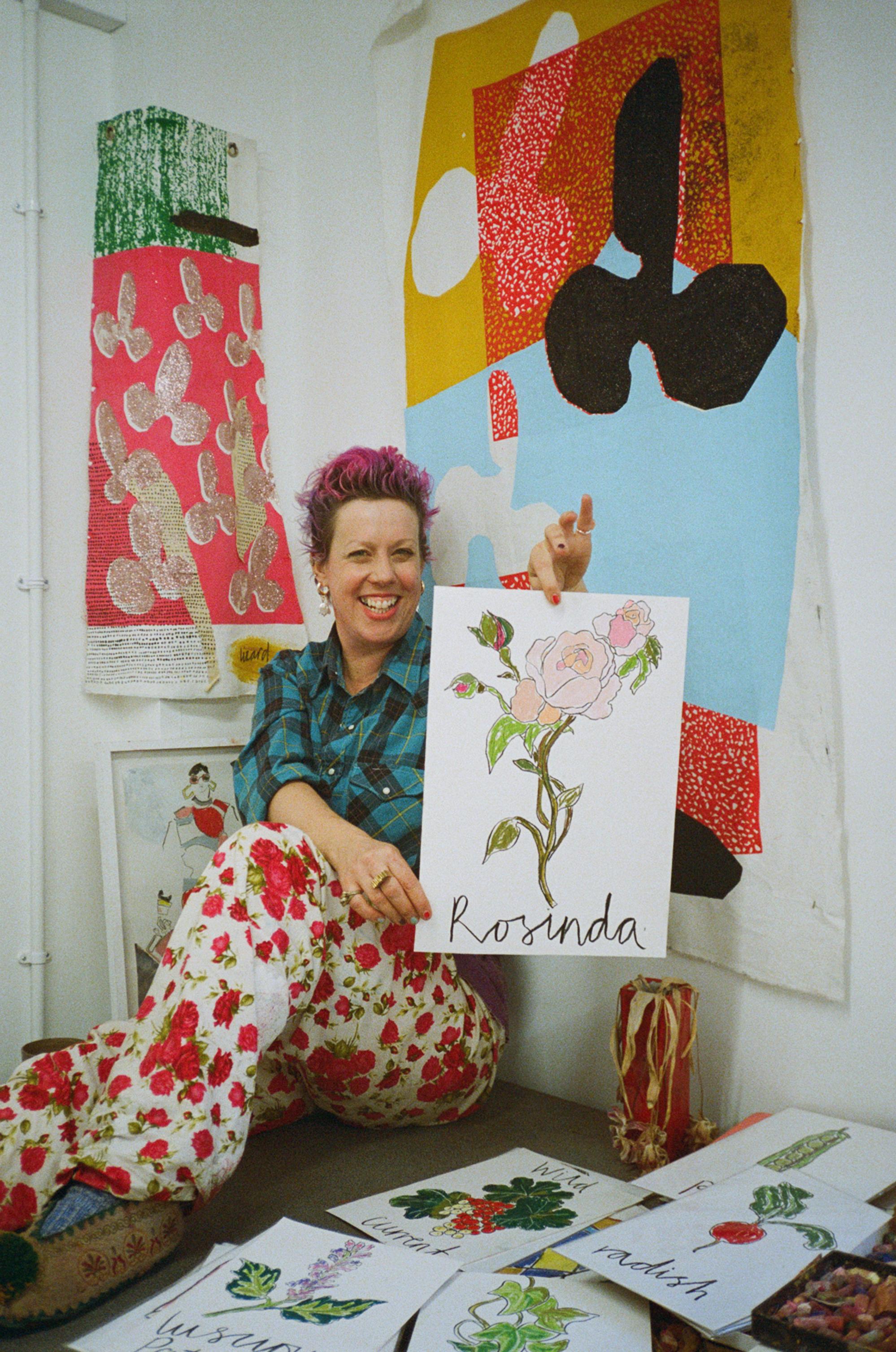
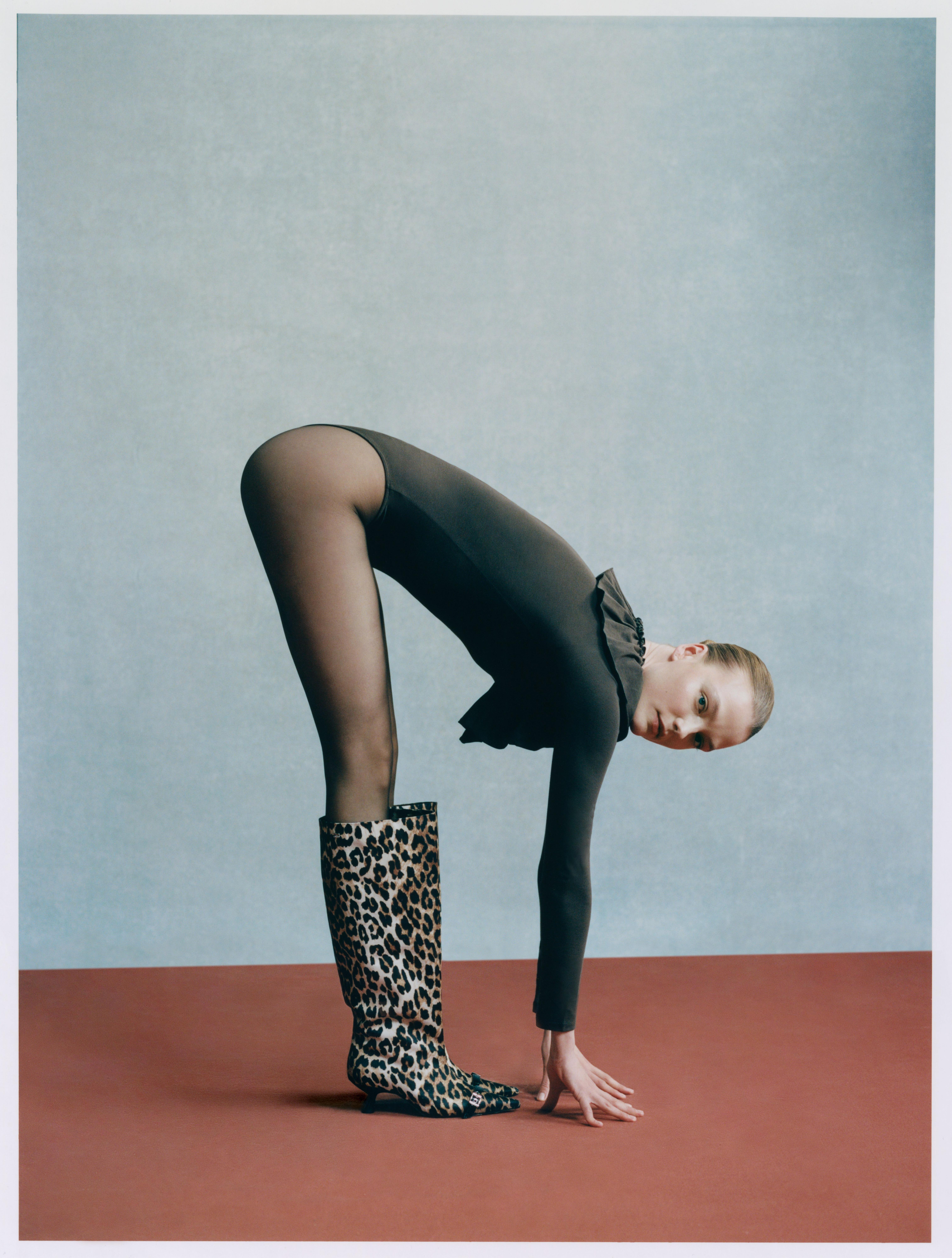
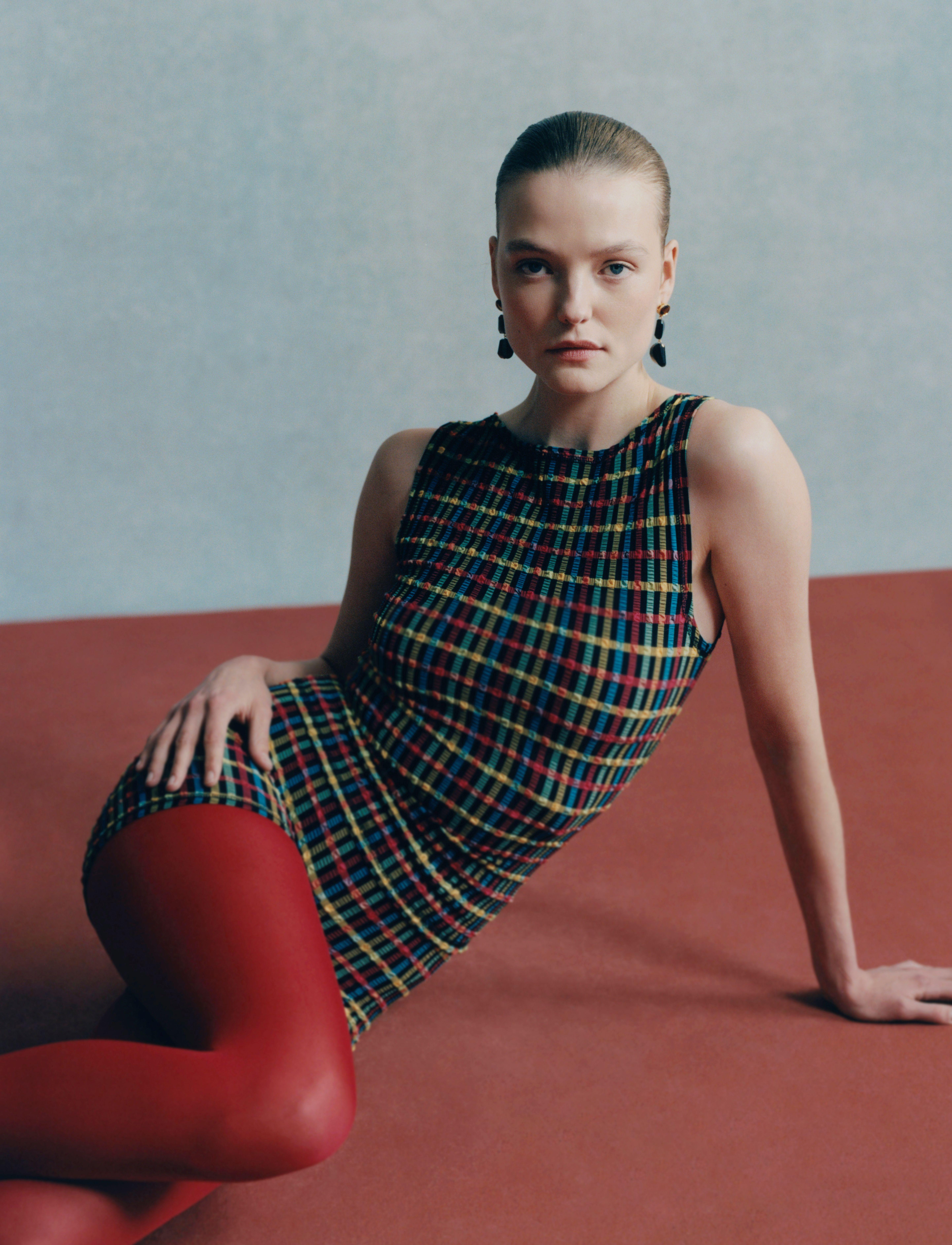
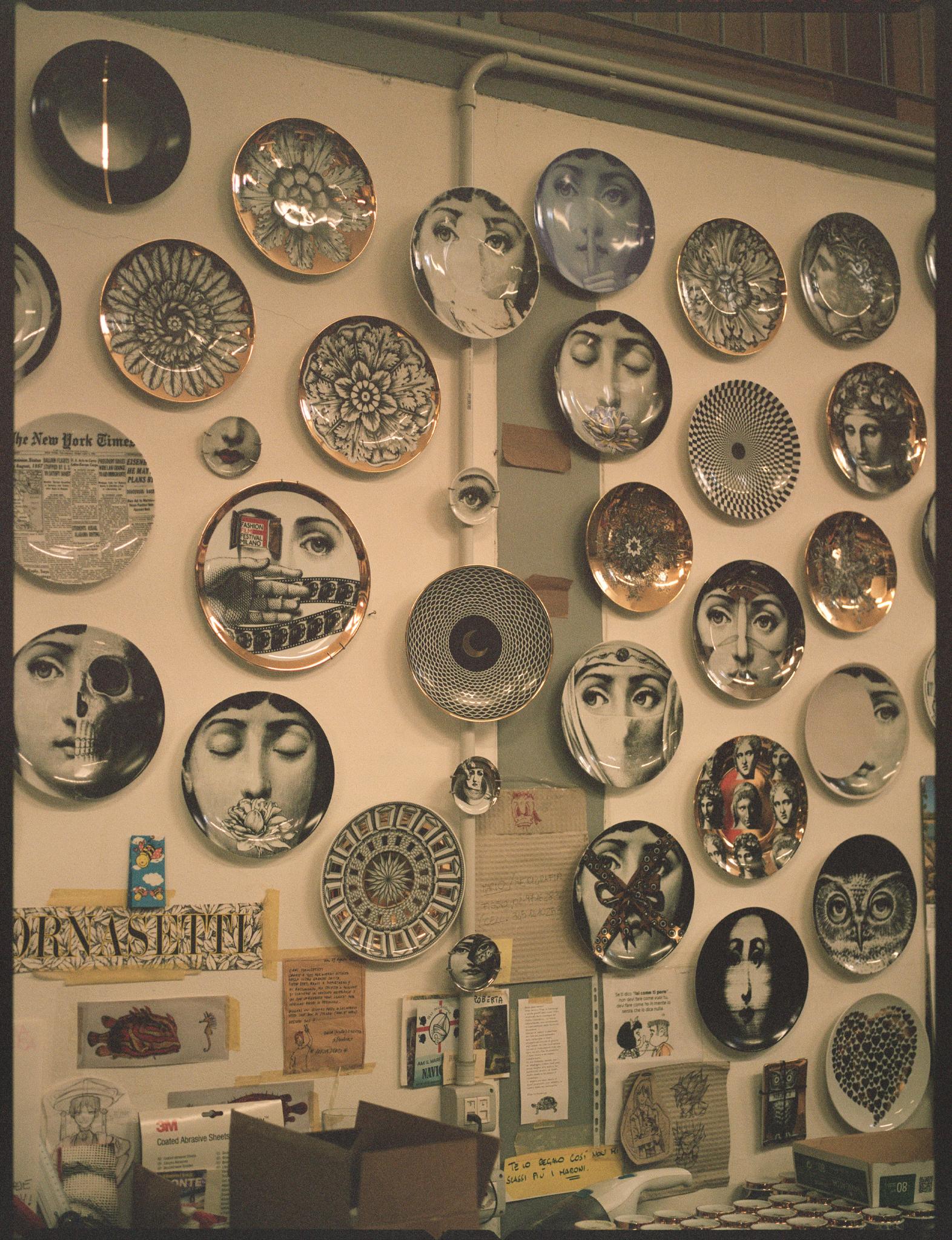
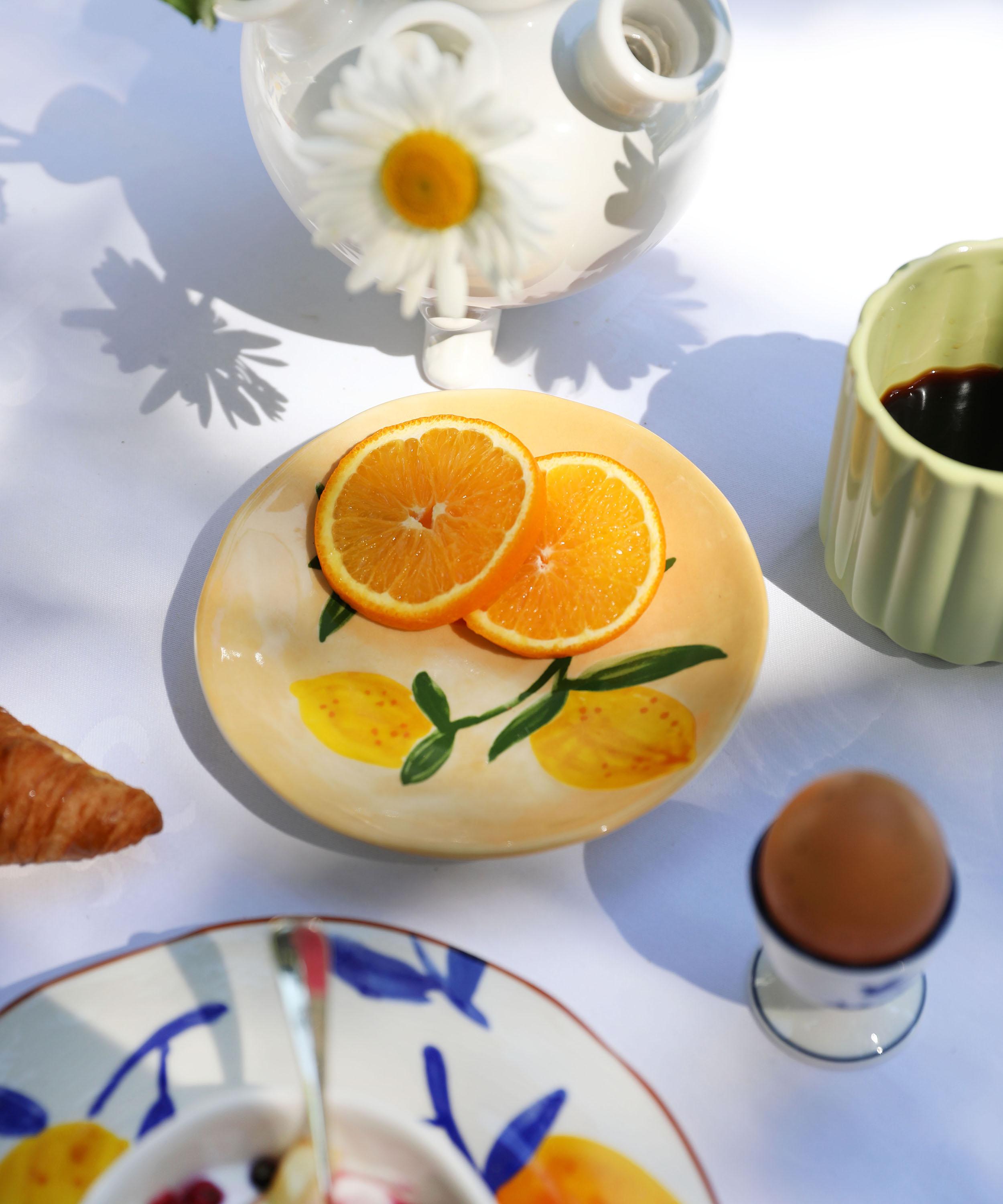
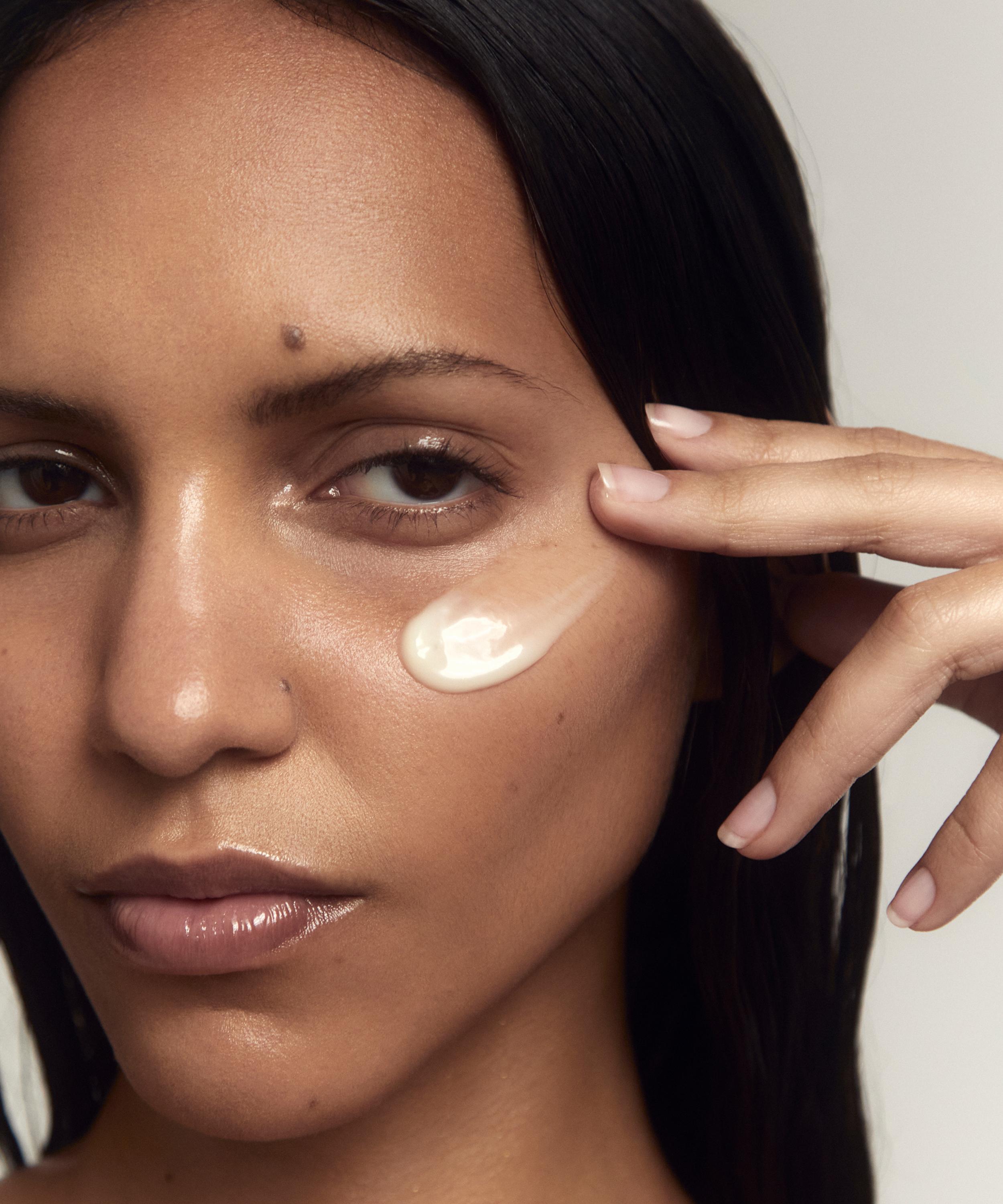
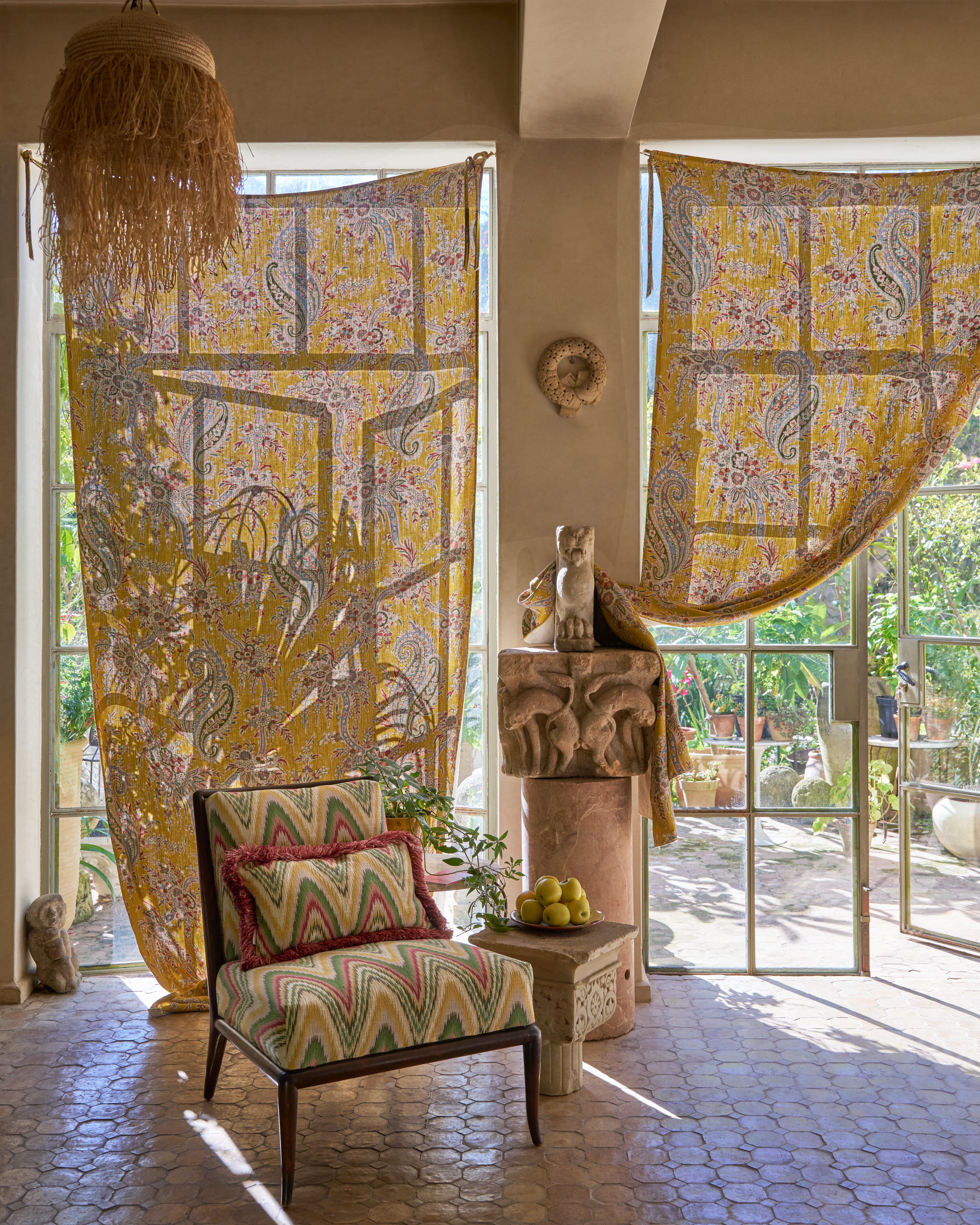
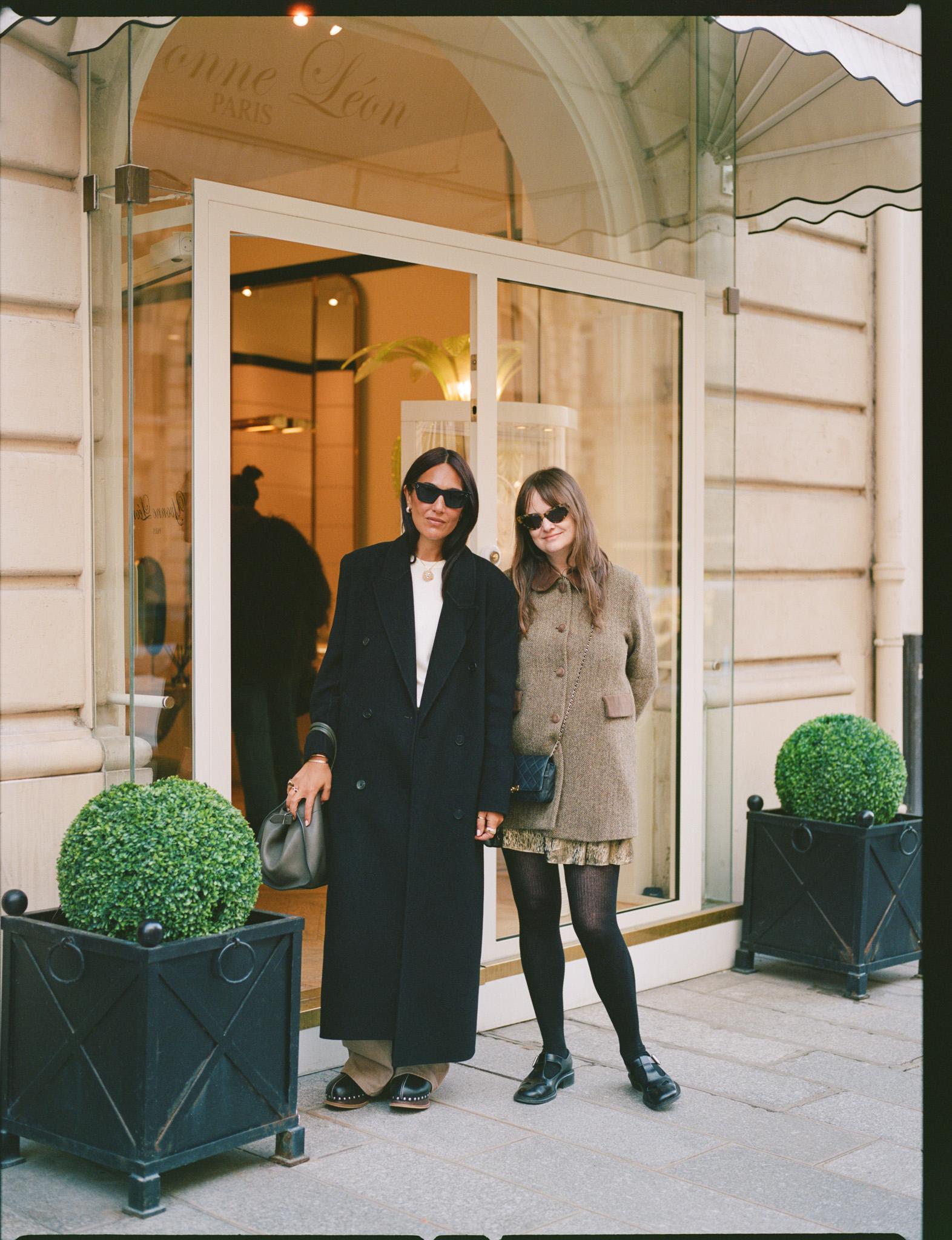
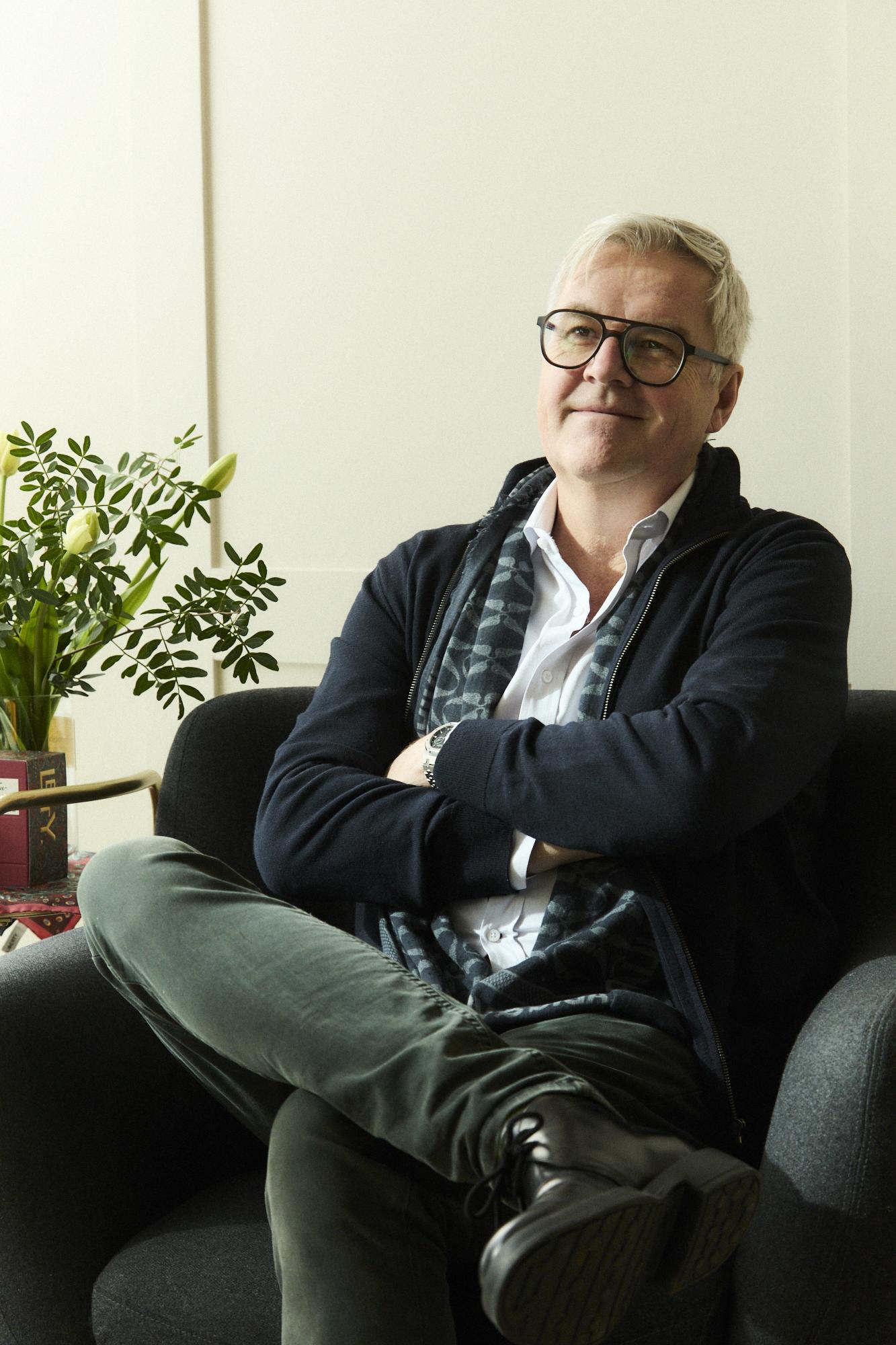
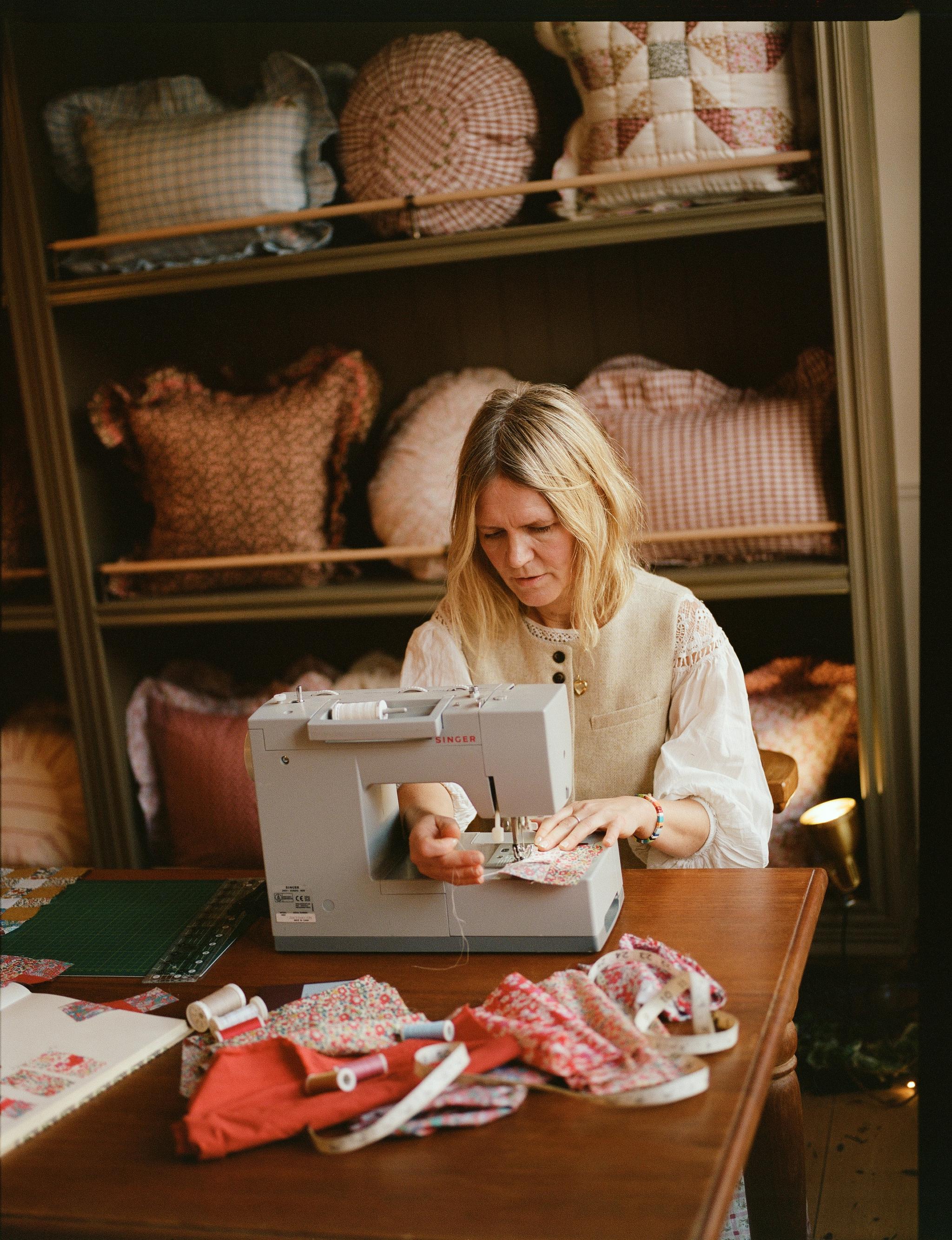
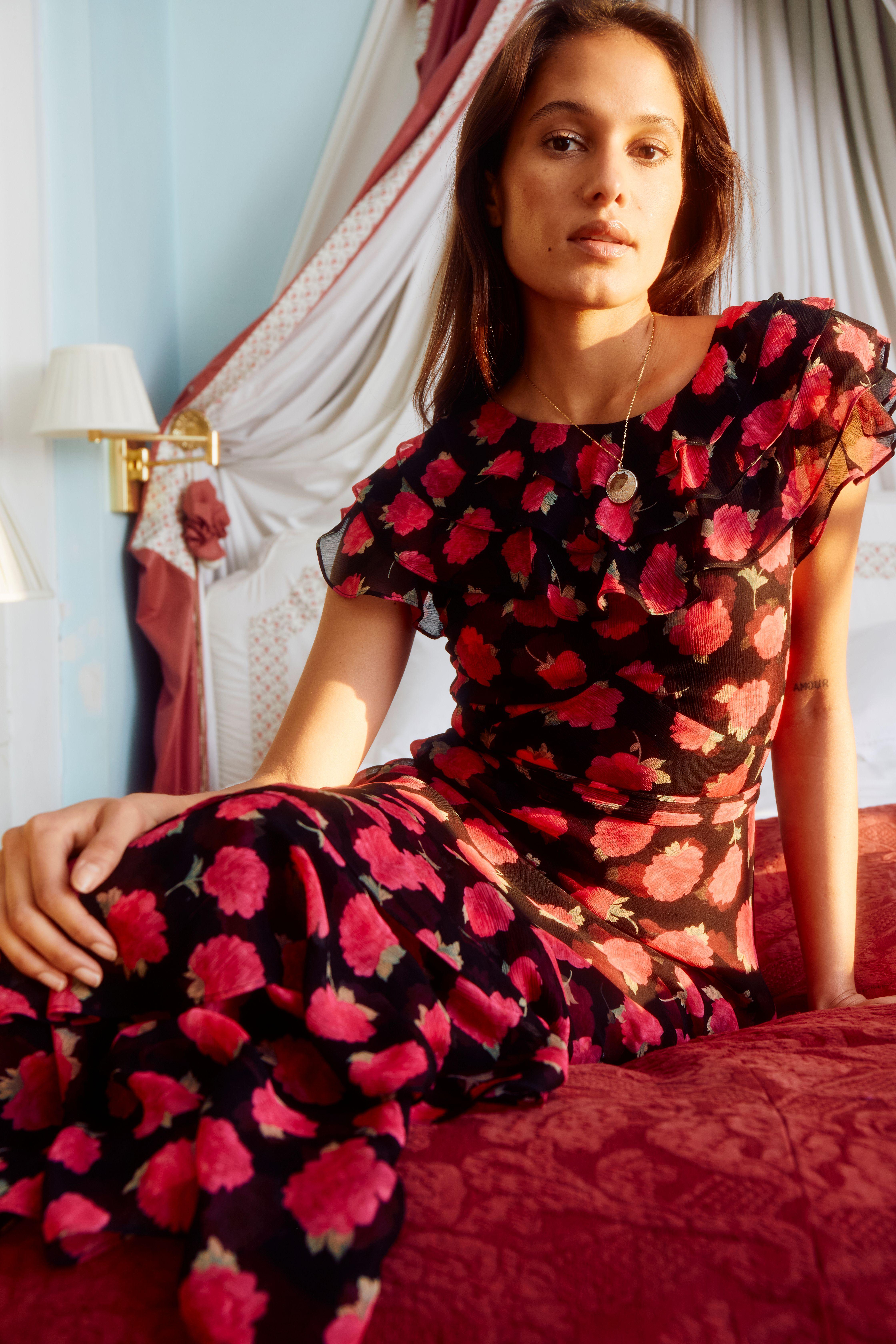
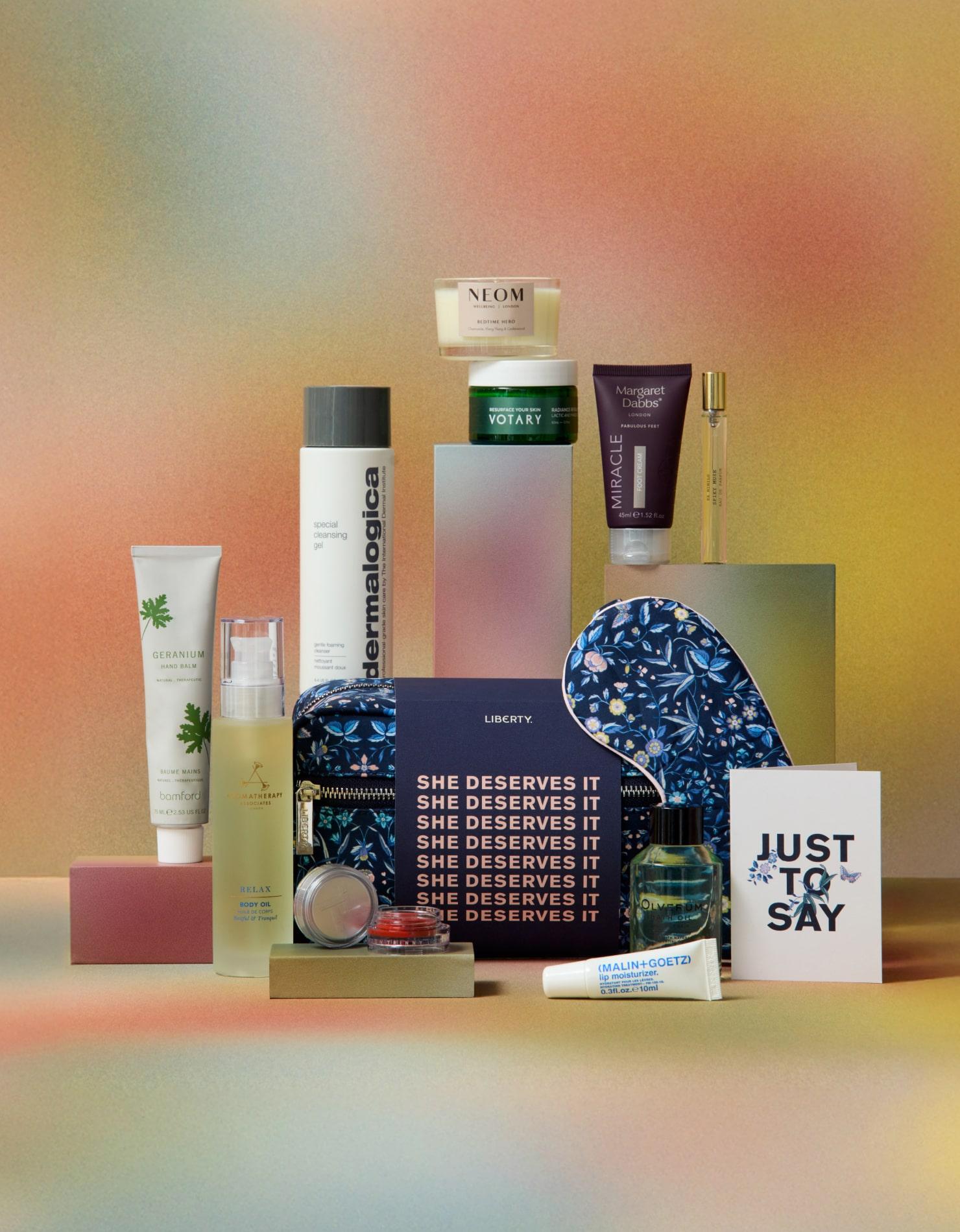

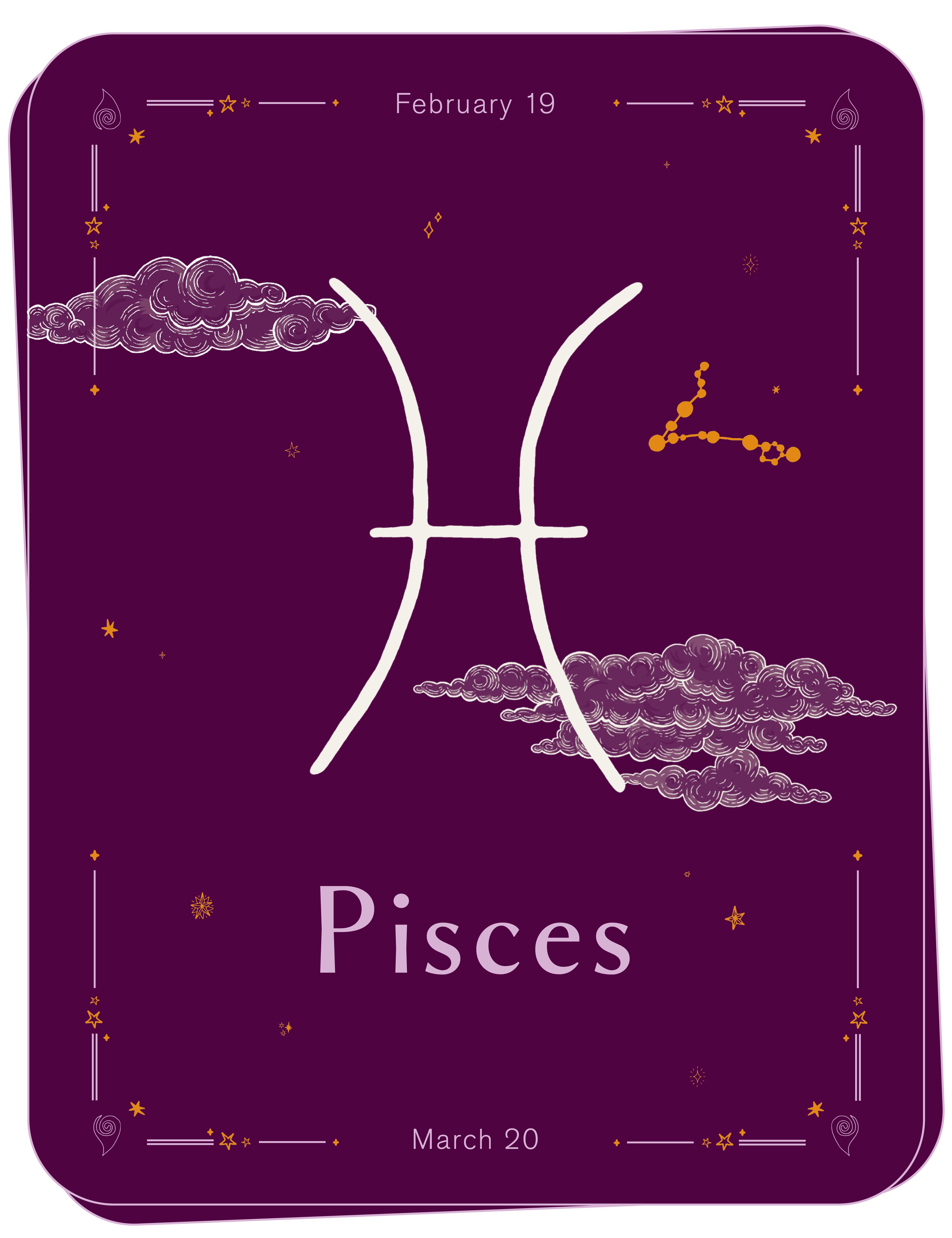
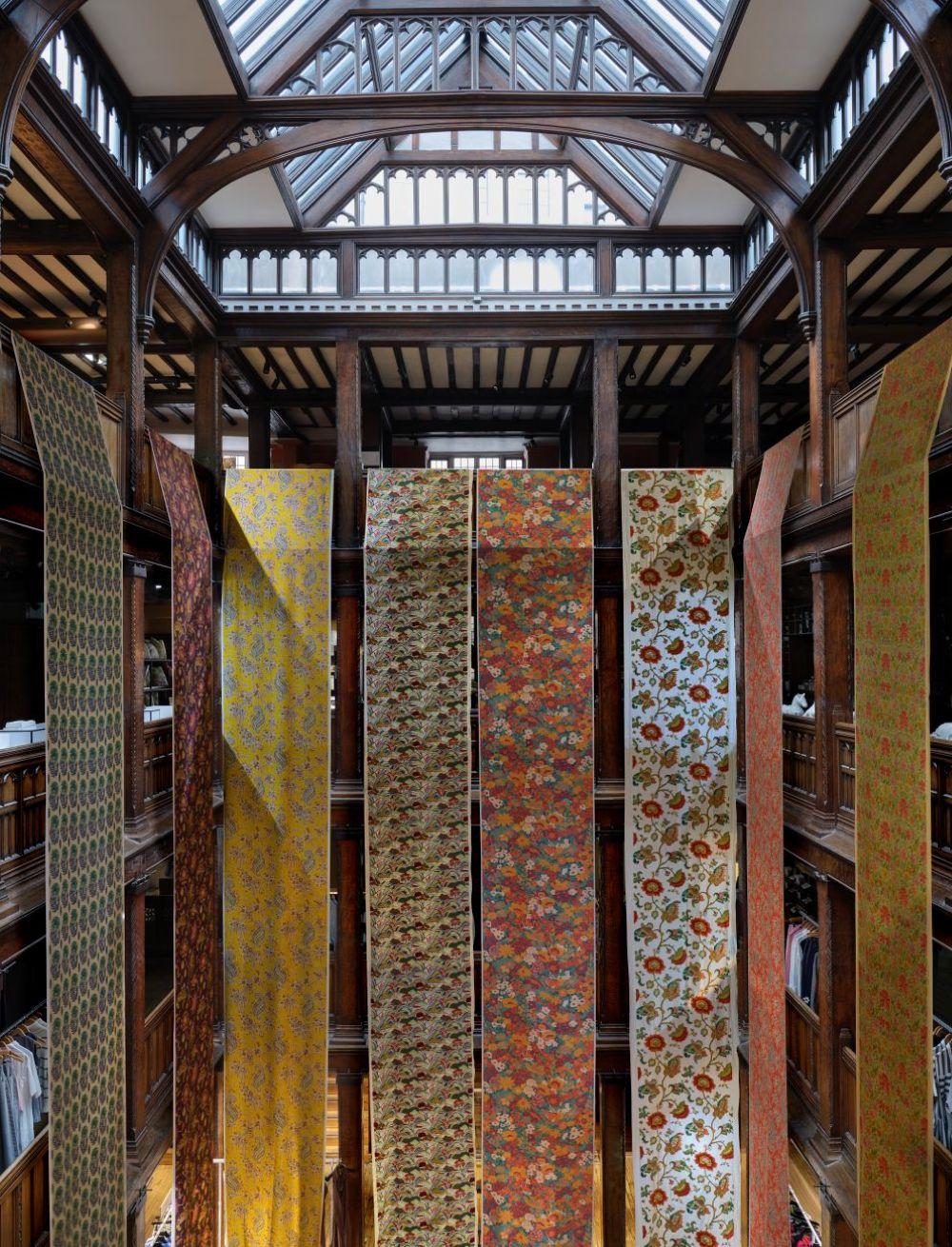
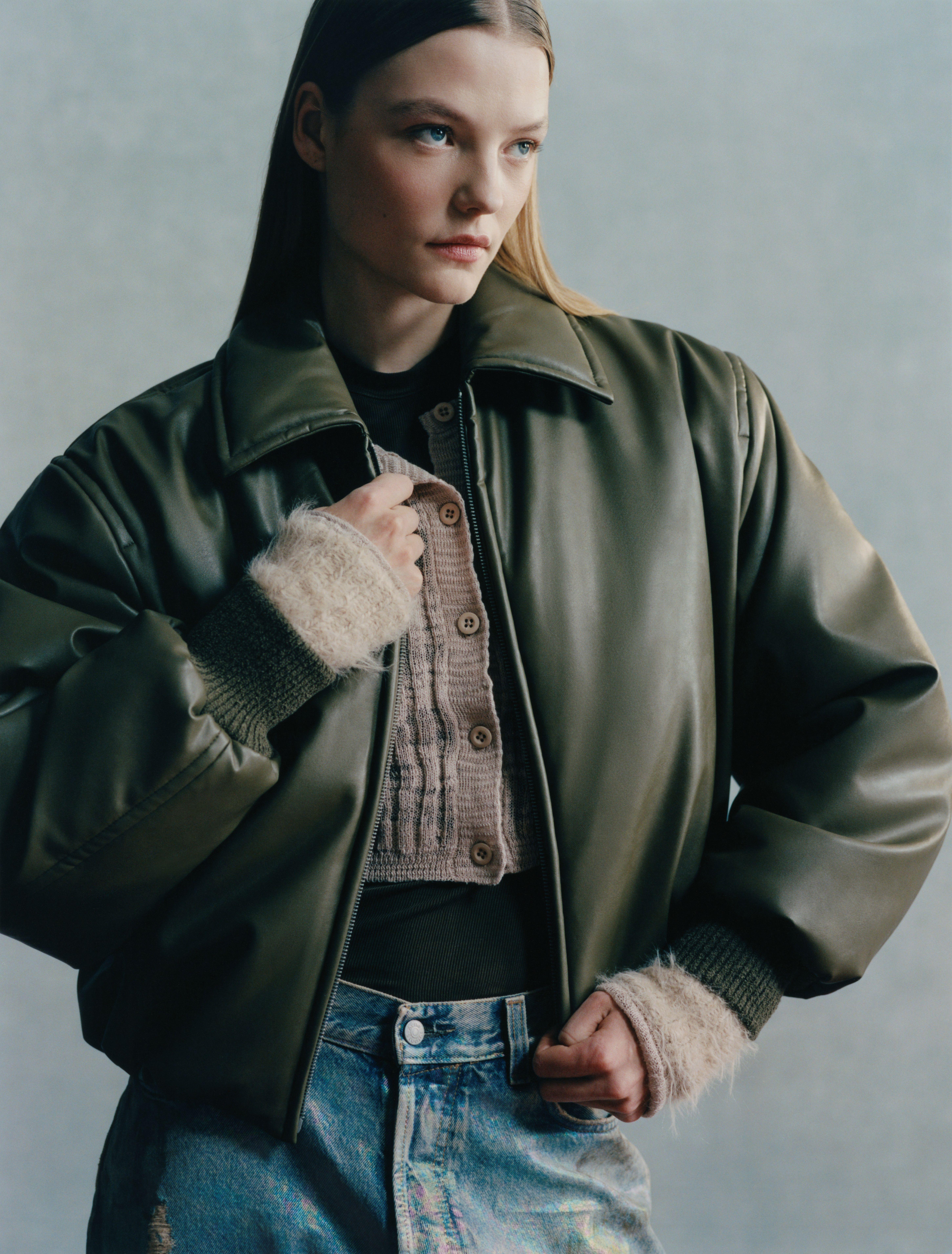
?fmt=auto&qlt=default)
